#dimensional embroidery on quilting
Text


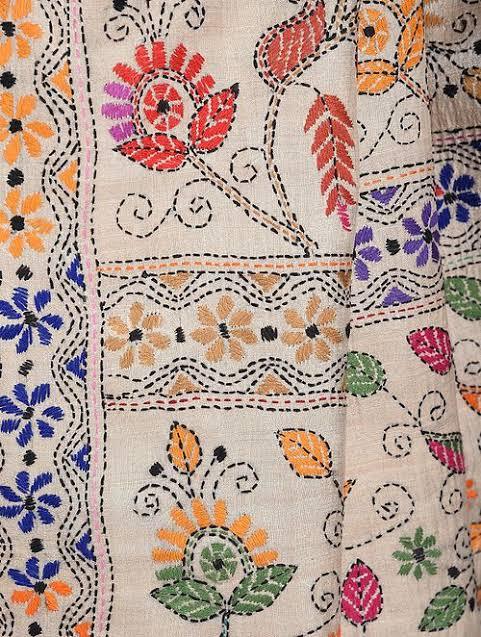




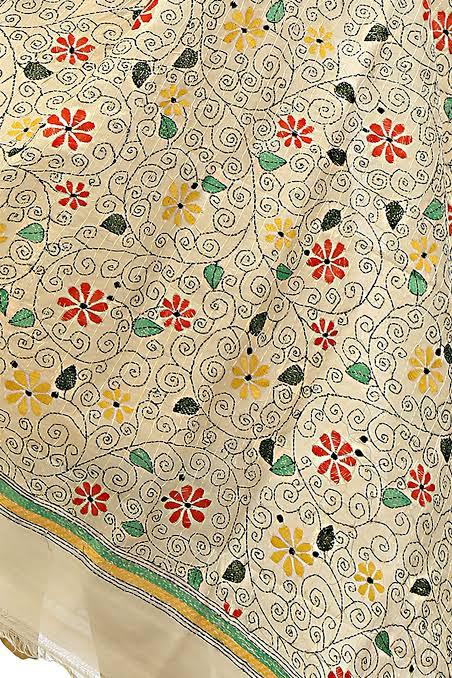

Kantha (Bengali: কাঁথা) is a form of embroidery originating in Bengal region, i.e. Bangladesh and the Indian states of West Bengal, Tripura and parts of Assam. It has its roots in nakshi kantha, an ancient practice among bengali women of making quilts from old saris and rags by sewing them together. In modern usage, kantha generally refers to the specific type of stitch used. The kantha needlework is distinct and recognised for its delicacy. The stitching on the cloth gives it a slightly wrinkled, wavy effect. Today, kantha embroidery can be found on all types of garments as well as household items like pillowcases, bags and cushions.
While it is an increasingly diversifying art form, traditional kantha embroidery motifs are still sought after. Traditional kantha embroidery is two-dimensional and are usually of two distinct types: geometric forms with a central focal point, carried over from the nakshi kantha tradition and influenced by islamic art forms; and more fluid plant, floral, animal and rural motifs with stick-figure humans depicting folklores and rural life in Bengal.
1 / 2 / 3 / 4 / 5 / 6 / 7 / 8 / 9 | textile series
#bangla tag#textiles#ots#kantha#nakshi kantha#bengal#bengali#bangladesh#india#embroidery#needlework#textile art#embroidery art#south asia#south asian
2K notes
·
View notes
Text
paper piece quilting makes me so mad because fabric and yarn arts do not click in my brain. Yarn is a one dimensional object that becomes two or three dimensional. Fabric is two dimensional but also soft and becomes two or three dimensional but still soft. Thread crafts like embroidery and cross-stitch do make sense to me because embroidery is just using a line to color in a space and I know how to do that with a crayon so I know how to do it with thread, and cross-stitch is just pixel art, easy peasy
I like to think of myself as a generalist crafter but my main jam is definitely paper craft and origami is taking a two dimensional object and making it three dimensional but it clicks in my brain because you fold the square into triangles and then the triangles make an animal, just like how videogames/computer animation turns triangles into animals. They're rigid, they have structure
and then fucking quilting is already "ooh let's take geometric art, a thing Shm loves, and make it fabric, a thing Shm has difficulty with" like ok fuck off universe. And then paper piecing goes one step further by having the preliminary steps literally be paper craft, fuck all the way off. I'll do it and I'll love it but I'm mad that it seems like all of human crafting history conspired to create it as a concept, perfectly marrying my second favorite medium and second least favorite mediums together into something that I am definitely going to try at some point
#ceramics is my favorite and ink and paint is my least favorite#and they're already frequently combined but quilting has a 'i can do this in my living room' quality that ceramics does not#because of the kiln and whatnot
4 notes
·
View notes
Text
Exploring the Depth of 3D Embroidery Designs
Exploring the Depth of 3D Embroidery Designs
Introduction:
3D embroidery designs have revolutionized the world of needlework, adding a new dimension to traditional flat stitching.
These innovative designs bring texture, depth, and life to embroidered creations, making them stand out in both personal and commercial projects.
In this comprehensive guide, we'll delve into the world of 3D embroidery designs, exploring techniques, applications, and tips for creating stunning three-dimensional embroidery.
What Are 3D Embroidery Designs? 3D embroidery designs, also known as raised embroidery or puff embroidery, are techniques that create a raised, three-dimensional effect on fabric.
Unlike traditional flat embroidery, 3D designs protrude from the surface, adding depth and texture to the stitched image.
Types of 3D Embroidery Techniques:
- Puff Embroidery:
- Uses a special foam material beneath the stitches
- Creates a raised, cushioned effect
- Popular for logos and text on caps and sportswear
- Trapunto:
- Italian quilting technique adapted for machine embroidery
- Creates raised areas by stuffing from the back of the fabric
- Ideal for adding subtle dimension to designs
- Stumpwork:
- Incorporates wire-edged elements that stand away from the fabric
- Creates highly dimensional, almost sculptural effects
- Often used for floral and insect designs
- Layered Appliqué:
- Uses multiple layers of fabric to build up dimension
- Can create a relief-like effect in embroidery designs
- Great for landscapes and textured designs
- 3D Foam Technique:
- Similar to puff embroidery but with more precise control
- Uses specially designed foam that disintegrates with heat
- Allows for detailed raised designs
- Chenille:
- Creates a fuzzy, raised texture using looped stitches
- Often used for lettering and simple shapes
- Gives a towel-like texture to designs
Benefits of 3D Embroidery Designs:
- Visual Impact:
- Adds depth and interest to embroidered items
- Makes designs more eye-catching and memorable
- Tactile Appeal:
- Creates a touchable texture that engages multiple senses
- Enhances the perceived value of embroidered products
- Versatility:
- Can be applied to various items from apparel to home decor
- Suitable for both subtle enhancements and bold statements
- Unique Branding:
- Offers a distinctive way to present logos and branding elements
- Helps products stand out in competitive markets
- Artistic Expression:
- Allows for more creative freedom in embroidery design
- Enables the creation of highly detailed and realistic designs
Creating 3D Embroidery Designs:
- Design Considerations:
- Choose designs that benefit from dimensionality
- Consider the end-use of the item when selecting 3D techniques
- Ensure the design is suitable for the fabric type
- Digitizing for 3D:
- Use specialized digitizing software that supports 3D techniques
- Plan stitch direction and density to achieve the desired 3D effect
- Consider underlay stitches for stability in raised areas
- Material Selection:
- Choose appropriate stabilizers to support 3D elements
- Select threads that complement the 3D technique (e.g., metallic for shine)
- Use specialty materials like foam or wire as needed for the technique
- Machine Settings:
- Adjust tension and speed settings for 3D embroidery
- Use appropriate needles for the chosen technique and materials
- Consider using a specialized 3D embroidery foot if available
- Testing and Refinement:
- Always create test samples before final production
- Adjust design elements based on test results
- Keep notes on successful settings and techniques for future reference
Popular Applications for 3D Embroidery Designs:
- Sports and Team Wear:
- Raised logos and numbers on jerseys and caps
- Textured mascots and emblems
- Corporate Branding:
- 3D logos on company uniforms and promotional items
- Raised text for name badges and signage
- Fashion and Accessories:
- Textured embellishments on clothing
- Raised designs on handbags and shoes
- Home Decor:
- Dimensional elements on pillows and wall hangings
- Textured designs on table linens
- Craft Projects:
- 3D elements in quilting and scrapbooking
- Raised designs for greeting cards and gift items
- Educational Materials:
- Tactile learning aids for children
- Braille and raised-letter books
Tips for Successful 3D Embroidery:
- Start Simple:
- Begin with basic 3D techniques before attempting complex designs
- Practice on scrap fabric to perfect your technique
- Mind Your Fabric:
- Choose fabrics that can support the weight of 3D embroidery
- Consider using additional stabilizers for lightweight fabrics
- Balance is Key:
- Combine 3D elements with flat embroidery for visual interest
- Avoid overcrowding designs with too many raised elements
- Thread Selection:
- Use high-quality threads that can withstand the stress of 3D techniques
- Experiment with different thread types for varied effects
- Maintenance Matters:
- Clean your machine regularly to prevent buildup from 3D materials
- Use appropriate needles and change them frequently
- Consider Wearability:
- For garments, ensure 3D elements are comfortable and practical
- Think about how the item will be washed and cared for
Challenges in 3D Embroidery Design:
- Increased Complexity:
- 3D designs often require more advanced digitizing skills
- May need specialized software and training
- Time and Resource Intensive:
- 3D embroidery typically takes longer to stitch out
- May require more thread and specialty materials
- Durability Concerns:
- Raised elements can be more prone to wear and tear
- May require special care instructions for end-users
- Machine Limitations:
- Not all embroidery machines are equipped for advanced 3D techniques
- May require upgrades or specialized equipment
- Design Restrictions:
- Some designs may not translate well to 3D embroidery
- Size limitations may apply for certain 3D techniques
Future Trends in 3D Embroidery Design:
- Advanced Materials:
- Development of new foams and fibers for enhanced 3D effects
- Integration of smart materials for interactive embroidery
- Improved Software:
- More intuitive 3D digitizing tools in embroidery software
- Better simulation capabilities for previewing 3D designs
- Sustainable Practices:
- Eco-friendly materials for 3D embroidery techniques
- Waste-reduction methods in 3D embroidery production
- Customization:
- Increased demand for personalized 3D embroidery designs
- On-demand production of custom 3D embroidered items
- Cross-Technique Integration:
- Combining 3D embroidery with other textile techniques like printing or weaving
- Exploration of 3D embroidery in non-traditional applications
Case Studies: Successful 3D Embroidery Projects
- Sports Team Rebranding: A professional sports team used 3D puff embroidery for their new logo on uniforms and merchandise, resulting in increased fan engagement and merchandise sales.
- Fashion Designer Collaboration: A high-end fashion designer incorporated 3D stumpwork embroidery into a couture collection, creating buzz in the fashion industry and inspiring new trends.
- Educational Toy Line: A company developed a line of educational toys featuring 3D embroidered elements for tactile learning, receiving accolades for innovation in children's products.
Conclusion:
3D embroidery designs represent an exciting frontier in the world of needlework, offering new possibilities for creativity and expression.
By understanding the various techniques, applications, and considerations involved in 3D embroidery, crafters and businesses alike can harness this technology to create stunning, memorable designs.
As with any advanced technique, success in 3D embroidery comes with practice, experimentation, and a willingness to push the boundaries of traditional embroidery.
Whether you're looking to add a new dimension to your personal projects or elevate your brand's visual presence, 3D embroidery designs offer a world of possibilities limited only by your imagination.
Embrace the depth and texture that 3D embroidery brings to your creations, and watch as your designs literally rise above the rest. Happy stitching in three dimensions!
Read the full article
0 notes
Text
Timeless Trend: Modern Femininity
New Post has been published on https://sa7ab.info/2024/08/06/timeless-trend-modern-femininity/
Timeless Trend: Modern Femininity


Florals have received a fresh facelift in this season’s avant-garde fashion trend, following the 2024 Met Gala’s enchanting theme: “The Garden of Time”. Trends from the fashion industry inevitably garner attention in the world of interior design, with this emerging trend being heralded as “modern femininity” by Sheerluxe, and “the new pretty” by Livingetc.
Whilst the subtlety of soft pastels and curved edges has had its place in the “minimaluxe” trend, this has now extended to include a juxtaposition between this softness with bold details and colours, playful ruffles, and an abstract dreaminess which evokes a feeling of feminine, high fashion and echoes thoughts of a gentle breeze travelling through an open window at dusk, creating movement and space through a tender connection with sheer, natural linen curtains.
Pavilion Garden Stripe Upholstered BedAvenue Blanc Grande Bedside TableWindsor Garden Floral Blanket BoxIkat Green Ceramic Lamp
There are endless options to choose from to reproduce the “modern femininity” trend to fit your own version of what femininity means to you and we couldn’t be happier that this new take on styling has risen to the occasion; as a female founded brand pridefully declaring the timelessness of feminine style, let us walk you through how to emulate “the new pretty” trend in your home, infused with your own personality and meaning.
The Springboard for Feminine Styling:
There are a few key themes to fit into your space to ensure it has the foundations required to establish the room as a modern take on feminine styling. Forget the dull greys of the past, the harsh, masculine lines in your furniture, and the stifling of colours and frills. Think of the minimaluxe trend, of incorporating curved edges into the space to soften the view that your eyes drink in. Think of curved bed frames in delicate colours, like our elegant and cosy Debutante Pale Blue Velvet Upholstered Bed, complete with contrasting ivory piping along the headboard and footboard, perfect for those of us who want to achieve the graceful style of modern femininity without introducing too many patterns.
Debutante Pale Blue Velvet Upholstered BedLa Petite Chambery 6-Arm French Chandelier
Utilise tactile textures such as fluffy wool, heavenly bouclé, and sumptuous silks to create a layered, three-dimensional space that you can’t wait to sink into.
With this in mind, let’s see how multifaceted the new modern femininity trend can really be, as we offer some different, and some may say opposing, ideas for how to create a feminine haven of your own.
Pretty in Pastels
You’ve heard of pretty in pink, but “the new pretty” focuses on the use of soft, muted pastels which create an almost ethereal space. This version of modern femininity uses archetypes of femininity – gentle, graceful, delectably inoffensive, which is recreated through soft textures, curved edges, and muted hues – but with a fresh, modern twist. Think whimsical ruffles, sheer lace, and the gentle flow of movement created by these all-important features.
Tea & Chantilly Upholstered Bed
We’re picturing a light-filled bedroom, with sheer 100% natural linen curtains, a deeply rich faux fur rug which encases your toes when stepped on, against the natural, light hardwood floors to provide a sense of grounding and stability. Imagine crisp white sheets on the curved bed frame of the Tea & Chantilly Upholstered Bed, like our Joyous Jacquard White Bed Linen Set, with the dainty pattern of the Soufrise Ditsy Floral Bed Quilt effortlessly layered on top. To add extra depth, layer a snug, plain throw over the top of a patterned one; we think the Dreamy Cotton Bedspread in Ivory is perfect for this. Add the gossamer lace and subtle floral embroidery of the Brigitte Bedroom Cushions and your bedroom is off to a wonderful start.
Peachskin Quilted Bedspread in Petal PinkChateauneuf Rustic Bedside Table
Provide some contrast and balance by selecting a few finishing touches which have more typically “masculine” features, a splash of black or silver detailing, or a piece of furniture which has strictly straight lines, such as a coffee or console table.
The new pretty trend is airy yet elevated, elegant yet comforting and will make you want to cocoon yourself inside the reassurance it provides. Drawing inspiration from traditional femininity, and providing its own contemporary and playful twist, any room styled with this inspiration will shine as an emblem of the pride of the soft side of femininity.
“There is no one way to be feminine, and the same is true when it comes to interiors and fashion.”
The Bold Type
There is no one way to be feminine, and the same is true when it comes to interiors and fashion. Whether you want to create a soft, muted, and safe haven which is easy to consume, or whether you want to build a loud, proud, and boldly lavish room which captures the attention and ensnares the senses, there is space for you in this trend.
Creating a space which is bold but not overwhelming or overstimulating is a talent in itself, but hopefully these tenets can offer some guidelines to work within when creating your fabulous boudoir.
The key to unlocking a bold style is to utilise the advice given for the new pretty aesthetic – the curved edges, the tactile materials, but to also mix this with an emblazoned twist. Introduce balance to the room, if you have selected a white, plump, bouclé chair that you could fall into like Alice down the rabbit hole, offset this with something solid, like a thick wooden coffee table made from walnut or mahogany, or perhaps opt for a tinted glass table which offers the illusion of more space and texture whilst adding a contemporary touch. Florals have been reintroduced to the fashion and interiors world with a new twist and we are loving how Pearl’s Place in Frome, Somerset have styled this.
Using a statement wallpaper with gorgeous florals, we love the way they have successfully styled this to create a feminine aesthetic.
The Granville Stripe Upholstered BedTeal Blue Cotton Velvet Quilted BedspreadLa Sérénité Bedside TableAmortie Pink Velvet CushionTiered Leaves Large Pendant Light
If you’re not a fan of florals, there are plenty of other ways to embolden your space and give it a luxurious edge. Using jewel tones to accentuate the soft colours, and employing hard materials, like solid wood, metal, marble, and glass to counter the bouclé, faux fur, and silks is a wonderful way to display balance and add a subtle assertiveness to your room.
Toile Liberté BedToile Liberté Rectangle CushionWhite Pleat Bed Linen Bundle
Using the soft aesthetic of the Love In Idleness Reversible Upholstered Bed and the pale oatmeal of the Vanilla & Sesame 5-Drawer Chest of Drawers and matching bedside tables, we recommend using bold prints, such as our beautiful Toile Blue Table Lamp, the Country Toile Blue Bed Linen, and Ikat Embroidered Blue Cushion. We love this look, made of tonal hues of blue, and playing on the traditional soft aesthetic with a new and exciting edge.
https://www.frenchbedroom.co.uk/vanilla-sesame-5-drawer-chestThe Love Handles Large Lamp
Altogether, this new trend offers a new way to create spaces which are personalised, expressive, and inviting, and more importantly: infused with meaning. It encourages us to thoughtfully select individual pieces, and as a result, perhaps inadvertently encouraging slow fashion in the interiors industry. This new trend relies so heavily on the tastes of the individual creating the space and asks us to select furniture and detailing which makes us feel something.
We invite you to create your own modern feminine sanctuary, using the tips and tricks we have offered in this article. Share them with us on social media to inspire our team and our followers alike!
The post Timeless Trend: Modern Femininity .
0 notes
Text
MINISHA ARTS AND CRAFTS

MINISHA ARTS AND CRAFTS
Art designed with passion
We Create Customized Designs
Minisha Arts and Crafts - Art Designed with Passion!
At Minisha Arts and Crafts, we turn imagination into reality
through our customized designs.
Whether it's big screens or incredibly slim designs,
we bring uniqueness to your fingertips.
It seems like you've mentioned three phrases related to fabric and
creative work: "Embroidery on Fabric," "Canvas Creations," and "Patchwork
Perfection." These phrases suggest various forms of textile art and
craftsmanship. Let's explore each one:
Embroidery on Fabric:
Embroidery is the art of decorating fabric using needle
and thread. It involves creating intricate designs, patterns,
or images on fabric by stitching with various embroidery techniques.
This can include hand embroidery, machine embroidery, or a combination
of both.
Embroidery on fabric is commonly used for embellishing clothing,
home decor items, and accessories. It adds a personalized and artistic
touch to textiles.
Canvas Creations" suggests the creation of artistic works on canvas. While canvas is commonly associated with painting, it can also be used for other creative endeavors such as mixed media art, collage, or even three-dimensional works.
Application: Artists often use canvas as a versatile surface to express their creativity. This can include paintings, digital art prints, or experimental art forms that go beyond traditional painting.
Patchwork is a technique that involves sewing together small pieces of
fabric to create a larger design. "Patchwork Perfection" implies the
meticulous and skillful execution of this technique, resulting in a
flawless and aesthetically pleasing outcome.Patchwork is commonly used
in quilting, where different fabric patches are sewn together to form a
quilt. It can also be applied to various fabric items like bags, garments,
and home decor items.
More Info:
Mobile:77025 55178
www.minishaarts.com
Blog: Minisha Arts and Crafts Blog
Website: www.minishaarts.com
Minisha #Art #Crafts #Artistry #CustomDesigns #EmbroideryArt #CanvasCreations #PatchworkPerfection #Handcrafted #ArtLovers #ImaginationToReality #ArtDesign #Craftsmanship #ShopLocal #Support
0 notes
Text
Sydney Albertini
“My needing to constantly customize my surroundings is an attempt to being fully visible. To build my world into a visual landscape and to explore the genesis behind the visual outputs in order to understand and further the conversation between society and my being in it as an individual and as a component of society.” - Sydney Albertini
Sydney Albertini is a French multidisciplinary artist based in Amagansett, Long Island. She creates pieces which are both two dimensional in the form of large painted drawings, embroideries quilts and weavings, and three-dimensional, with a focus on traditional fibre techniques such as knit and fabrics. Her work includes the ‘Botanicals’ and ‘Movements’ series.
Albertini uses colours to denote various characteristics or attributes of her subjects. She views colours as identity markers and uses their historical symbolism to imbue her various combinations with new meanings, resulting in abstract emotional portraits. From the inception of a work, despite the lack of formal preparation, the colour palette is predetermined, as is the number of panels, which are pre-cut and prepared in advance. The use of brown Kraft paper as a base for her paintings allows Albertini to use colours and create combinations which she feels would be lost on a white background.
📷 1-3. Sydney Albertini, Botanic Blue & White Palm (Triptych), 2022
4. The artist Sydney Albertini



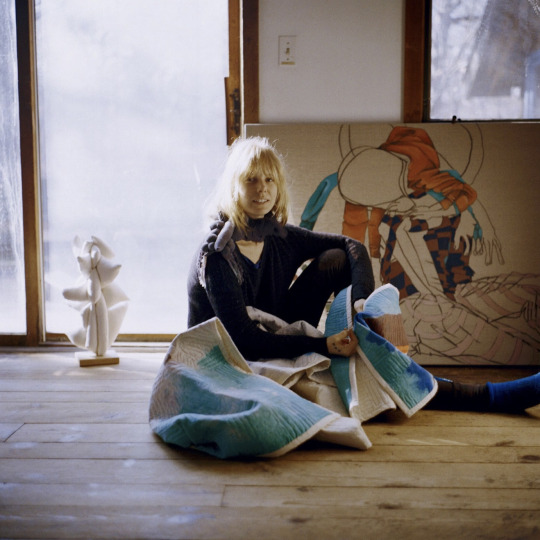
0 notes
Text
easy home mini sewing machine
Made in USA, Includes Acrylic Surround Freearm Platform and malleable Height Legs, Custom Fit Portable Freearm Extension for Flatbed Workspace Use, Order for your model Sewing, Embroidery, Quilting, Serger, and BlindStitch Portable Machines. Steady has the dimensional data on all brands and models of sewing machine free arms for custom cutouts on extension tables and press inserts on their CNC ray cutting machines. If you need a non standard table or insert( no being data available on machine or press) please communicate suture Steady direct atSewSteady.com for a quotation.
We don't keep stock on hand for any of our Tables or Inserts as they're all made to order.
The Table should be entered in no further than 3 weeks from the day we admit the order. suture Steady
" Wow!! I absolutely love my new extension table! And if it were not for me looking for a part i demanded i would have noway known it was!! I stumbled on your point and so glad i did!! So Thank you so veritably much you guys, it fits like a glove!!!"
" Custom charges are only added to particulars that bear customization. So if anon-standard placement or an irregular size is requested, it would have a custom figure applied." suture Steady Tables and Inserts.
Specifications:
Junior11.5" x 15"-- Sewing only. This Size is Not available for songster 221 Superheavyweight, please choose 18x18 or above
Small 18" x 18"-- Sergers only
Large 18" x 24"-- Serger, Freearm or Embroidery
Big 24" x 24"-- Serger, Freearm or Embroidery
Giant 24" x 32"-- Serger, Freearm or Embroidery
Freearm cutout fits around the freearm of your model machine for sewing and packing.
Can order a table without a cutout — specify" blank/ no machine cutout" in the make/ model section of this runner.
Embroidery cutout fits around your model embroidery unit for embroidery.
The legs on all our suture Steady Tables are inset from the border by no lower than 1 ”.
Suture STEADY TABLE DESIGN norms
All of our tables are designed grounded on having the appurtenant charger removed from the machine. We place the machine to have the needle around 5 ”- 7 ” from the frontal edge of the table. The table encompasses the entire freearm/ flatbed sewing face( does not wrap to the far- right of the machine). still, smooth sewing face, If your machine free arm pitches over and has silhouettes we may choose to design the table to hang over the pitch to insure a impeccably position. If you have a top lading bobbin and a graded machine this may affect your use. Please communicate us in advance atSewSteady.com for other options. If you're copping
a Deluxe Table also the holes don't need to be in line with the needle to make circles.
#easy home mini sewing machine#mini sewing machine#best mini sewing machine#portable mini sewing machine#magicfly mini sewing machine#love#personal development#business#companies#personal finance#positivethinking#positive#stay positive#love yourself#vibes#fun#trendy#sewing machine#embroidery designs#sewing#hand embroidery#hand sewing
0 notes
Text
DUALITY/Group Show @ Y Gallery | Woodbrook Trinidad & Tobago
Adele Todd .
Quilted blanket and dimensional embroidery thread.
81 x 65”2021
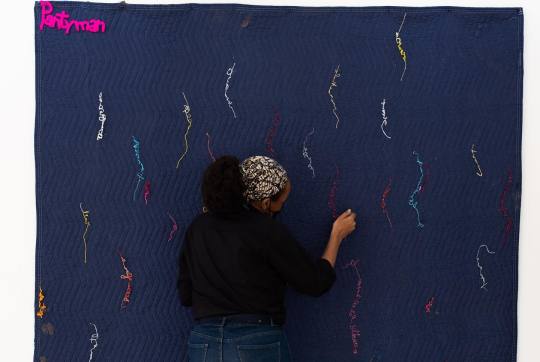
As a Performance Artist who works with Embroidery and Soft Materials among other Media, the possibilities for DUALITY seemed endless.
However, eventually I was moved to consider "Male Toxicity" as my theme.
The word Panty Man that is done tongue-in-cheek in neon pink is the Title that sets the viewer on their path of discovery.
The slang term is used to describe a man who is coddled and feminine in nature and a slur to homosexual men in particular.
The work is a large dark blue quilt with embroidery threads that on closer observation create individual words that must be looked at at close range and also, can only be seen one at a time as they do not have a chronology.
The viewer must move their own bodies to 'read' the piece.The quilt is a symbol of nurturing, safety and warmth.
The loose threads that thus fall from the quilt symbolises the unravelling of that safety.
We generally expect men to be 'men' and are unaware of how much our stereotyping of the male sex confuses boys as they grow to manhood.
I hope that my piece shall inspire those who interact with it, the opportunity, to consider when they themselves have perhaps used terminology seen on the quilt or words to that nature to define a man's character.
We are all guilty of a level of sexual politics for its own gain and must now consider that sensitivity is not a one way street.
-Adele Todd
#Adele/Y Gallery#Adele/DUality/Group Show#Adele/dimensional embroidery#Adele/Latest work 2021#Embroidery#Quilting#Embroidery on quilting#dimensional embroidery on quilting#Adele#2021#Art#exhibitions#Y Gallery Group Show#group shows in Trinidad and Tobago
1 note
·
View note
Photo


~Sexypink~
Panty Man - Adele Todd
Quilted blanket and dimensional embroidery thread . 81 x 65” 2021
As a Performance Artist who works with Embroidery and Soft Materials among other Media, the possibilities for DUALITY seemed endless. However, eventually I was moved to consider "Male Toxicity" as my theme.The word Panty Man that is done tongue-in-cheek in neon pink is the Title that sets the viewer on their path of discovery.The slang term is used to describe a man who is coddled and feminine in nature and a slur to homosexual men in particular.The work is a large dark blue quilt with embroidery threads that on closer observation create individual words that must be looked at at close range and also, can only be seen one at a time as they do not have a chronology. The viewer must move their own bodies to 'read' the piece.The quilt is a symbol of nurturing, safety and warmth. The loose threads that thus fall from the quilt symbolises the unravelling of that safety. We generally expect men to be 'men' and are unaware of how much our stereotyping of the male sex confuses boys as they grow to manhood. I hope that my piece shall inspire those who interact with it, the opportunity, to consider when they themselves have perhaps used terminology seen on the quilt or words to that nature to define a man's character. We are all guilty of a level of sexual politics for its own gain and must now consider that sensitivity is not a one way street.-Adele Todd
#Sexypink/Adele Todd#Sexypink/Y Gallery/Duality#Sexypink/Y Gallery group show 2021#Y Gallery#Group Shows#Trinidad and Tobago#Quilting#dimensional embroidery#male toxicity#Artists on Tumblr#Caribbean Art on Tumblr
2 notes
·
View notes
Note
Hello! Your embroidery is beautiful! Do you perhaps have tips or could recommend webpages/videos on how to embroider? I'm especially interested in how to do these mushrooms/flowers, which kind of stitches (?)/styles produce these artworks? Thank you for posting your gorgeous results!
Hello, and thank you!
I learned embroidery mostly from books, and have somehow watched hardly any embroidery videos. But I know there are lots and lots of websites and videos out there.
The main book I refer to now for embroidery is 18th Century Embroidery Techniques by Gail Marsh, but the Reader’s Digest Complete Guide to Needlework is my go-to book for anything that’s not in the 18th century one. The Readers Digest one is VERY thick and has a huge range of stuff from quilting to bobbin lace, and an excessively large number of embroidery stitches. It’s a very common book and if your local library doesn’t have it you can probably get a secondhand copy for pretty cheap. And it’s just one of many similar needlework guidebooks, so it ought to be pretty easy to obtain one. The 18th century one still has a lot of stuff that typical needlework guides don’t though, like metal embroidery.
But you asked specifically about the mushrooms and flowers I’ve posted, and I’m happy to report that those require only a few basic stitches! Needlework guides are full of dozens of different stitches and variations, but most projects only require a small number of them.
Here’s a breakdown of what I’ve been using, with links to tutorials for each stitch.
Satin Stitch - This is one of the most common, especially for flowers and leaves and other such solid shapes. I prefer to use one strand for this, so I don’t have to un-twist anything.

You can also do Padded Satin Stitch, which is the same except you work it on top of one or more layers of satin stitch, or some other filling stitch. This makes it more 3 dimensional. For my waistcoat I’m not padding it though, I want my shapes to be nice and flat like a picture.
Long and short stitch - Very similar to satin stitch, but with longer and shorter bits so you can fill a larger area, or blend different colours together. This shows up a lot on shaded flowers and leaves. I used it to do a little bit of shading on my tree stump, and to fill in the wider part of my green mossy ground, because you don’t want to make your satin stitches excessively long.

This little sample I did a few years ago illustrates it more clearly.

Stem Stitch - Also fairly similar to satin stitch, but done thin and very slanted. It’s pretty easy to vary the thickness, like I’m doing for my maple twigs.

French Knots - These take a little practice because you need to get the tension right, but they’re not difficult. I’m using them for the dots on my mushrooms. The mushrooms themselves and their little patches of substrate are done in satin stitch, and the French knots added on top afterwards.

For the ferns I’m using stem stitch for the stalk, and to do the leaves I just do little straight lines coming off them. These are easy, you just bring the needle up at the tip of the leaf and back down again at the end that’s attached to the stalk, or the other way around, whichever. This probably has a name but I don’t know what it is.
(However, you can get a similar fern effect with Fly Stitch. Or, if you want your leaf placement to alternate, with Feather Stitch.)

The brown fanned out triangles on the border are done like my fern leaves too. Just in on one side and out on the other to make little straight stitches. The clusters of 3 green dots are French knots, and the solid green and brown lines on either side are satin stitch.

Split Stitch - That Beardsley inspired waistcoat I made all those years ago was almost entirely done in split stitch, with the exception of a few French knots here and there. Chain Stitch produces a very similar effect though.

Backstitch - This is a stitch I mostly use for garment construction, and it produces nice strong seams, but it’s also good for embroidering thin and fairly smooth outlines. It’s what I used for most of the embroidery on my monster waistcoat.

There are a lot more embroidery stitches, but that’s most of what I’ve been using!
Taken individually the stitches themselves are fairly easy, and when you use them all together in different shapes and colours you get something that can look much more complicated than it really is. I hope this is sufficient to get you started on whatever it is you’re looking to embroider.
Remember to always do samples before starting a Big Project!
2K notes
·
View notes
Text
Texture & Pattern

Vincent Van Gogh
Texture
Texture refers to the surface quality of an object. Texture is an important component of a successful composition because it appeals to our sense of touch. This is true even when we do not actually touch an object our memories provide the sensory reaction or sensation of what that object might fell like if touched. Texture becomes one more element for us to think about when we look at any composition.
In effect, the various light and dark patterns of different textures are visual clues for us to enjoy the textures vicariously. Of course all objects have some surface quality even if it is only unrelieved smooth flatness. The element of texture is illustrated in art when an artist purposely exploits contrast and surfaces to provide visual interest.
There are two categories of artistic texture - tactile and visual (actual and illusion).

Roy Litchenstien, cubist still life, oil on canvas, 1974

AIGA poster
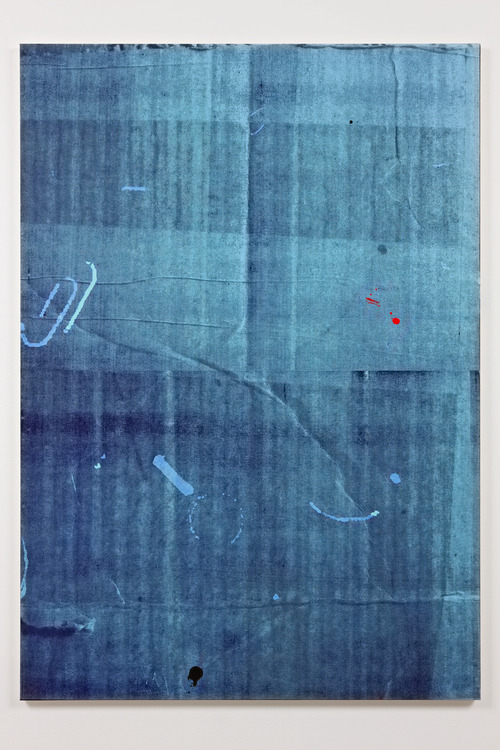
Alex Hubbard, SK 23, Silkscreen print, oil and enamel on canvas /wooden stretcher, 72.05 x 50 x 1.57", 2009
Tactile Texture
Tactile texture is texture that can actually be touched. In painting texture describes the uneven paint surface. In graphic design texture can add a sense of reality “realness”. Things that seem more real to life often result in a more emotional response from the viewer, and can in turn be more memorable.
Architecture and sculpture employ actual material and have what is called tactile texture – texture that can actually be felt. In painting the same term describes an uneven paint surface, when an artist uses the paint (a technique called impasto) so that a rough, three dimensional paint surface results.
Consider Vincent van Gogh‘s painting from the top of this lesson. Texture is not just created through the pattern of short brushstrokes, but it is also created through the ridges and phrased edges of the paint strokes that are obvious to the viewers eye. The painting is revealing what it truly is– Paint on surface– Not just an illusion. Same goes for Thiebaud’s painting below:

Wayne Thiebaud, “Boston Cremes”, 1962
As we’ve been exploring through this class a traditional idea of a collage is gluing down pieces of colored and textured papers cloth and other materials. Collage moved from a folk art to A fine art in the 20th century. Collage allows us to Play with compositional arrangements more easily by cutting reshaping and altering images and moving them around before pasting them down.
Anne Ryan worked mainly in collages of cloth. Her closet show various bits of cloth and contrasting leaves and textures interspersed with some scraps of printer paper. The light and dark pattern is interesting but her attention is mostly drawn to the contrast of tactile textures. See below:

Anne Ryan
VISUAL TEXTURE:
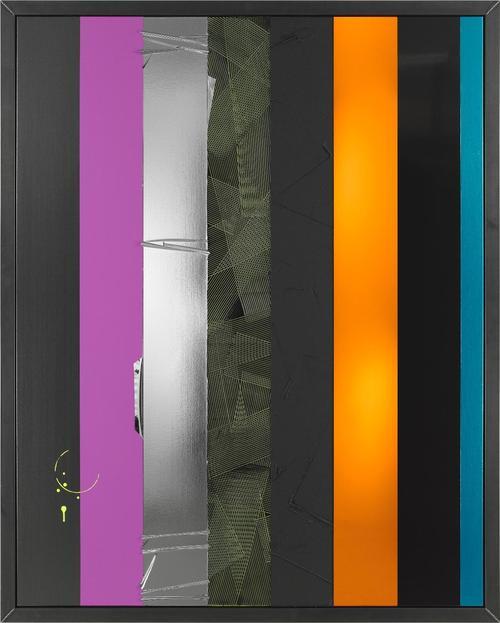
Anslem Reyle, Untitled, mixed media on canvas, metal frame, 256x205cm, 2007

Texture can also be created through the illusion of texture. By reproducing the color and value of patterns of familiar textures, artists can encourage us to see textures where none actually exist. Visual texture carries the same visual punch as Tactile texture. Visual texture can also be created with photography, used on its own or as a filler for a shape, foreground or background.
In painting artist can create the impression of texture on a flat smooth paint surface. By reproducing the color and value patterns of familiar textures painters can encourage us to see textures where none actually exist. This is called visual texture. The impression of texture is purely visual – an illusion - it cannot be felt or enjoyed by touch. It is only suggested to her eyes. Artists use this as a way to stimulate the composition and move your eye around the surface. Various textures can convincingly be re-created. Visual texture can be an interesting design element even without subject matter or any pictorial reference.
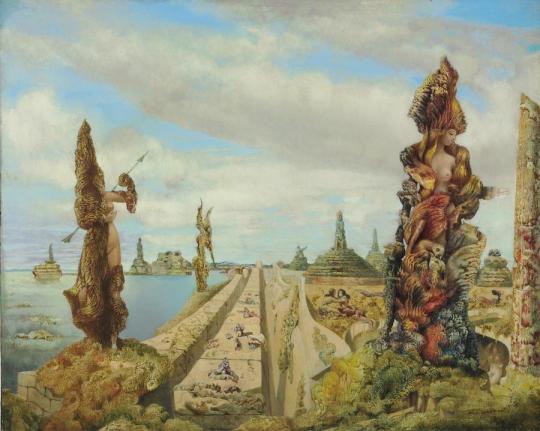
Max Ernst, Surrealist painter
The ultimate point in portraying visual texture is called trompe l’oeil the French term meaning to for the eye. This style is commonly defined as deceptive painting. In trompe l’oeil the objects in sharp focus are delineated with meticulous care. The artist copies the exact visual color and value pattern of each surface. A deception occurs because the appearance of objects is so skillfully reproduce that we are momentarily fooled. We look closer, even though our rational brain identifies the image as a paining and not the actual object.
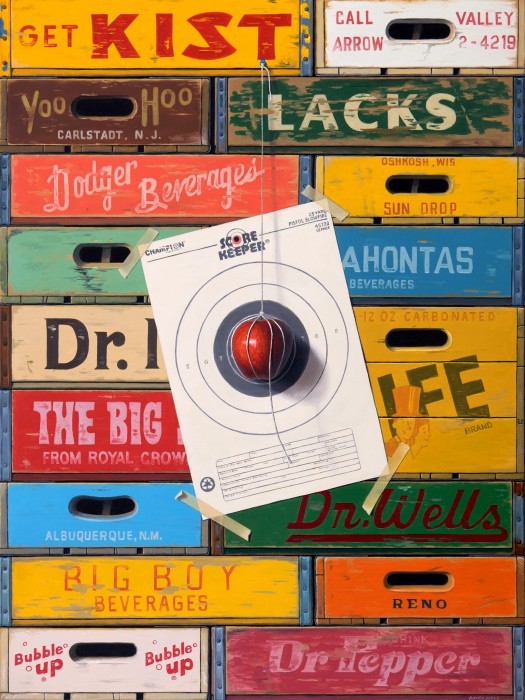
Robert C. Jackson
20th century artistic emphasis has been on abstraction, distortions, and non-objective patterns. But in much art the trompe l’oeil tradition continues And is not limited to painting. Marilyn Levine works in ceramics as seen in “Thom’s Jacket” from 1989 below. it is incredibly realistic but again it’s made of ceramics and is an illusion.
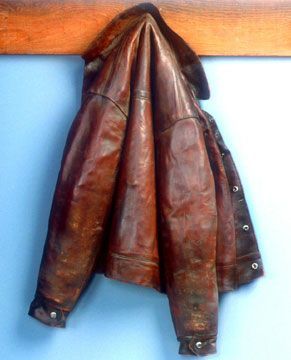
Texture and Pattern
It would be difficult to draw a straight line between texture and pattern. We immediately associate the word pattern with printed fabrics such as plaid, stripes, polkadots and floral patterns. Pattern is usually defined as a repetitive design, with the same motif appearing again and again. texture, too, often repeats, but it’s variations usually do not involve such perfect regularity. The difference in the two terms is admittedly slight. material such as burlap would be identified right readily as a tactile texture. Yet the surface design is repetitive enough that a photograph of burlap could be quite a pattern. Once a visual texture is represented within the confines of a space or shape it often may look flat to our eyes and take on the characteristics of a pattern.The essential distinction between texture and pattern seems to be whether the surface arouses our sense of touch or merely provides designs appealing to the eye. While every texture makes a sort of pattern, not every pattern could be considered a texture.
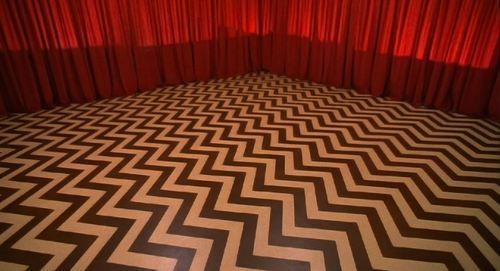
David Lynch, Twin Peaks, film still, 1990
Pattern is a great way to distinguish between areas of contrast on an image and compositions.

Barry McGee
Pattern inspiration
There are many artists, designers, and architects that employ beautiful, intricate and complex patterns. I’ve compiled the “best of” collection to inspire you for your Patterns Assignment. Each image is accompanied by a short description of the artist/designer/architect/etc., and each name is hyper-linked to their website (if applicable), so you can get more details on the people that inspire you the most.
Sol LeWitt, whose deceptively simple geometric sculptures and drawings and ecstatically colored and jazzy wall paintings established him as a lodestar of modern American art.
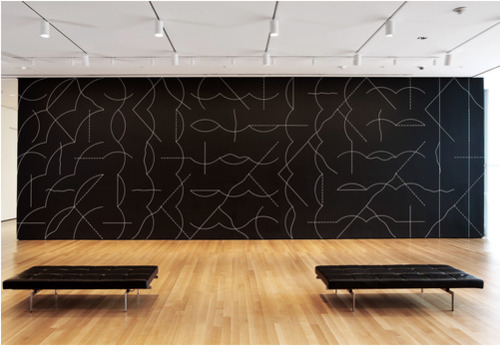
Installation view of Sol LeWitt’s Wall Drawing #260 at The Museum of Modern Art, 2008. Sol LeWitt. Wall Drawing #260. 1975. Chalk on painted wall, dimensions variable. Gift of an anonymous donor.© 2008 Sol LeWitt/Artists Rights Society (ARS), New York. Photo © Jason Mandella

Sol LeWitt, Drawing 915.013

Sol LeWitt, Wall Drawing #260
Le Corbusier (born Charles-Édouard Jeannere) was a Swiss architect, designer, urbanist, writer and painter, famous for being one of the pioneers of what now is called Modern architecture or the International style.
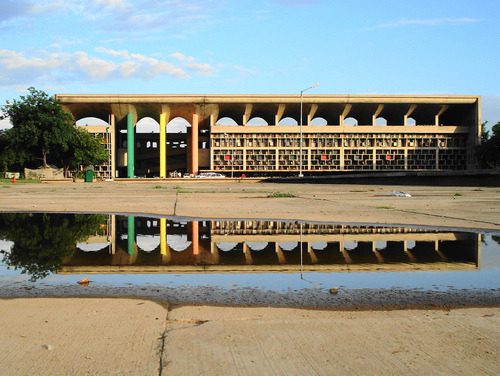

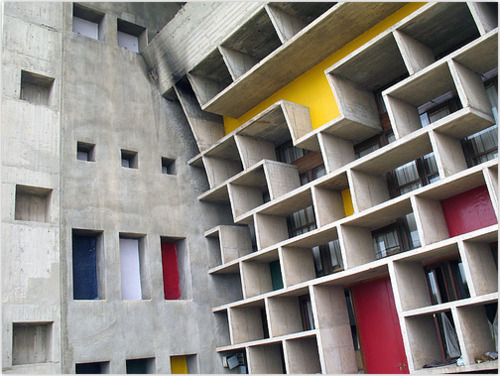
Bridget Riley British painter and designer. She shows a complete mastery of the effects characteristic of Op art, particularly subtle variations in size, shape, or placement of serialized units in an overall pattern.
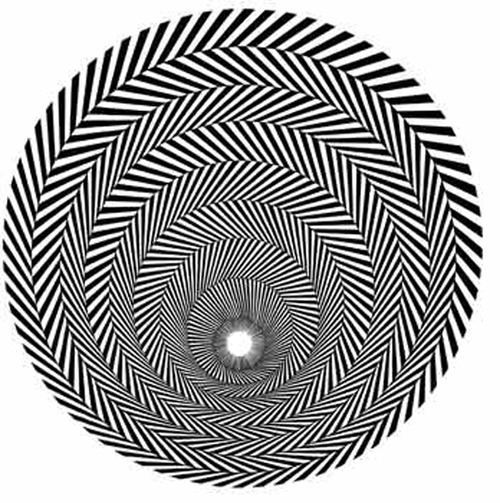
Bridget Riley,
Blaze 1, 1962
, Emulsion on Hardboard, 43x43 in

Bridget Riley,
Descending, 1965,
Emulsion on Hardboard, 36x36 in.

Bridget Riley, Parade I, 1999-2000, oil on linen, 89 5/8 x 206 ½ in / 227.7 x 524.5 cm
Robert Zakanitch paints lace and embroidery. His patterns are beautiful and speak to the shifting instability of texture.

Blue Birds (Lace Series) oil on panel, 2001.

Flowers doily painting. Robert Zakanitch
Take a close look at the figure-ground relationship in the works by M.C. Escher, who is most known for his impossible architecture and landscape drawings, showcasing his play on perspective and point of view to create structures which ultimately cannot exist. I have always been more captivated by Escher’s pattern works. His ability to create a fluid and seamless plane of repeated images fitting perfectly together is both unrivaled and inspiring.

Bird/Fish, June 1938, Drawing, 228 x 243 mm (9 x 9 5/8’’)

Smaller and smaller, drawing 1956.

Horseman, June 1946, Drawing, 213 x 214 mm (8 3/8 x 8 3/8’’)
Another great example of pattern can be seen in Islamic art & architecture.


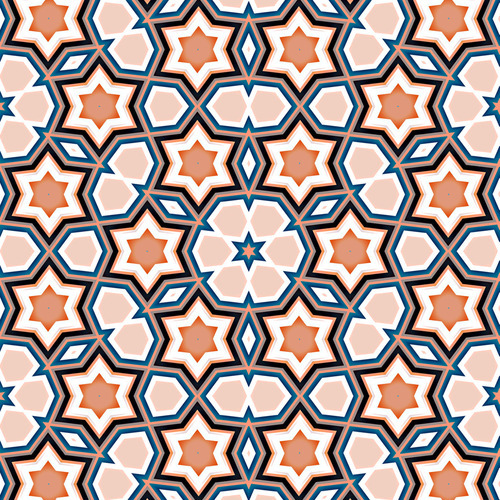
Japanese paper is another beautiful source for pattern inspiration.

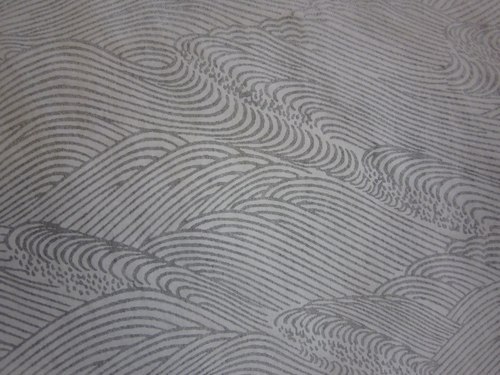
Navajo Weaving has a unique look, drawing from its Spanish and Pueblo history and nomadic way of life.


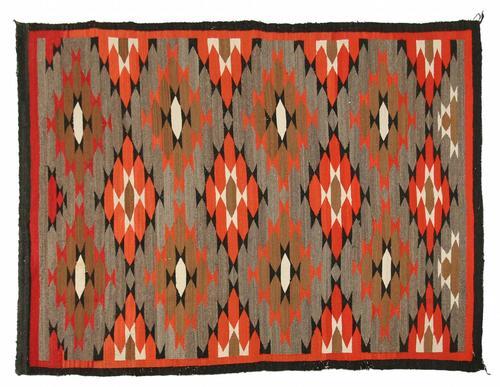
Traditional Amish Quilts lend patterns that have beauty in simplicity. Modern quilt artists are using black with solid colors and discovering the beauty in such basic designs.
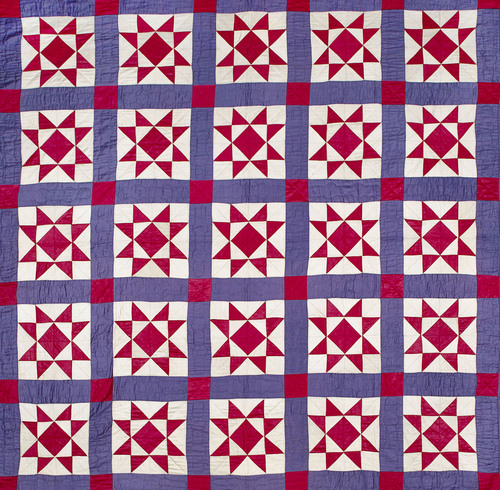

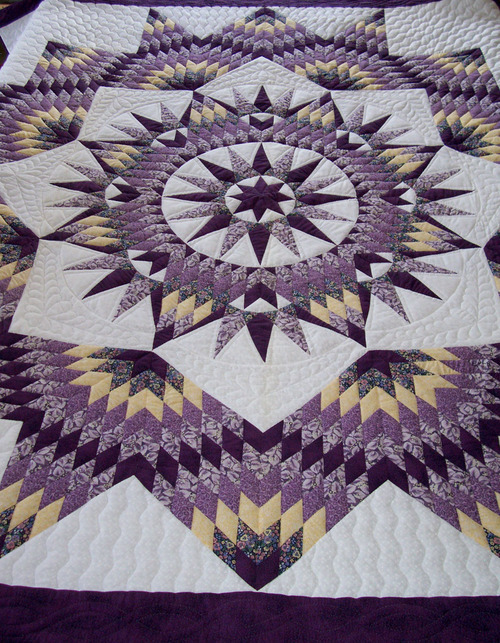
Stephen Westfall
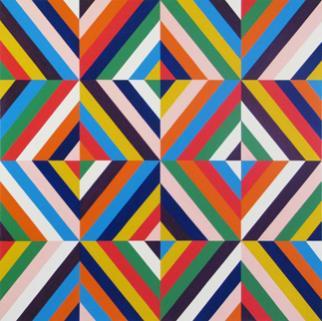
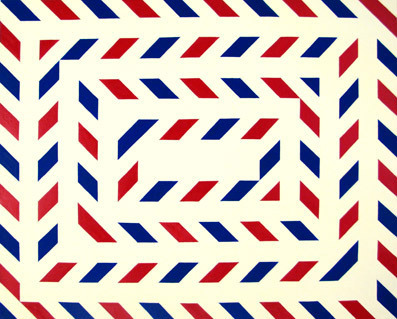
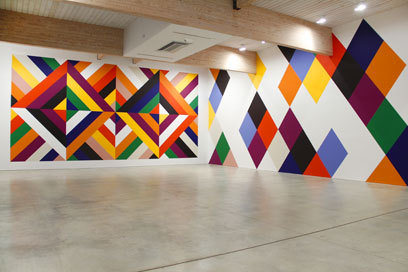


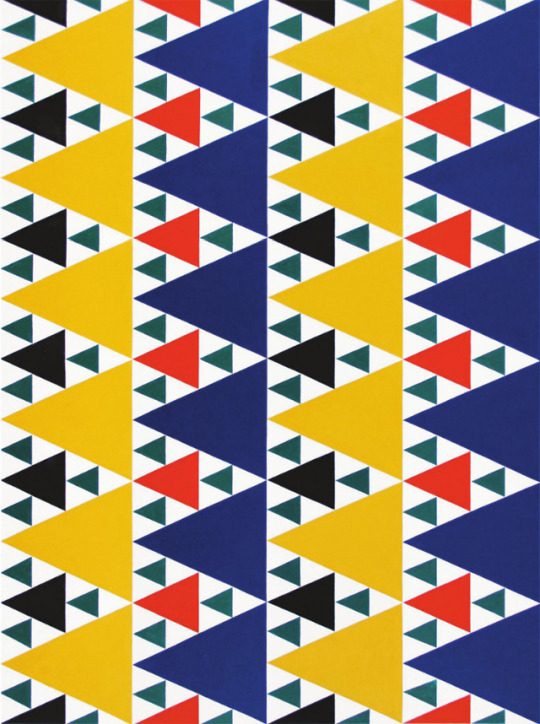
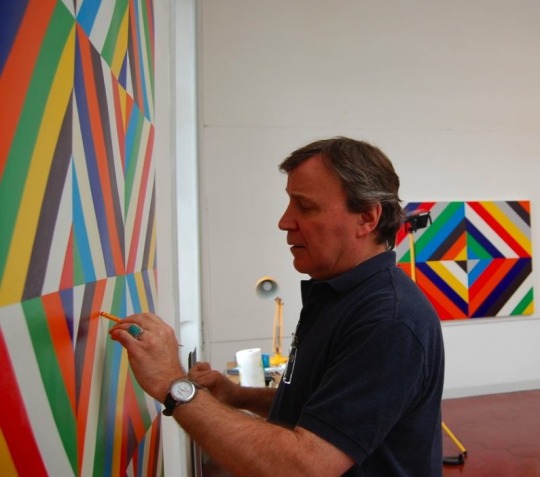

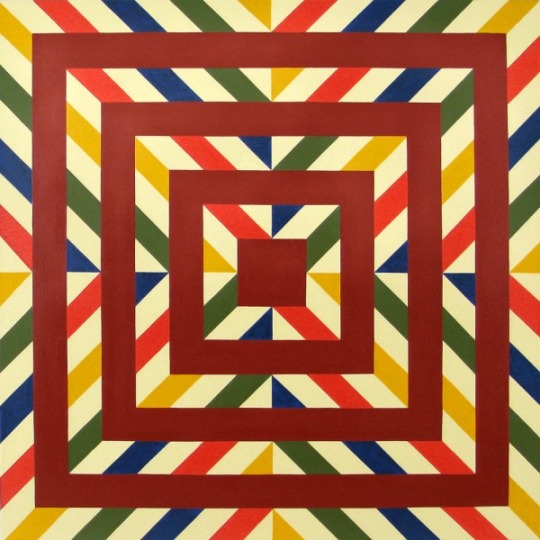
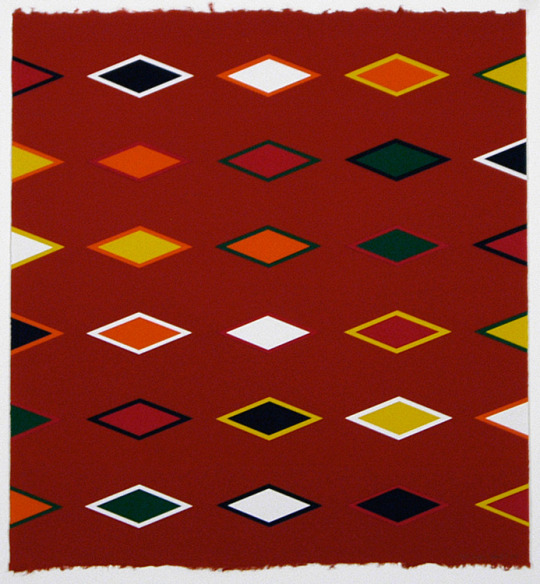

African Textiles are infused with spiritual and mythical meaning in the actual pattern designs on the cloth. Specific patterns are also used as a form of identity with each tribe having their own unique patterns.
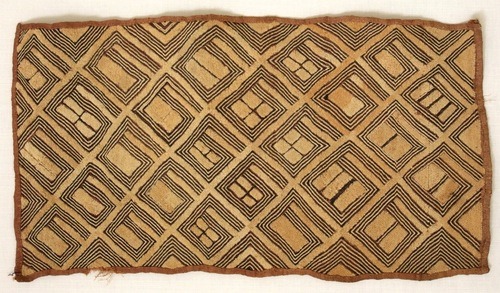
A man’s cloth of the Asante peoples, Ghana, c. 1960. Photo: E. G. Schempf.

A man’s cloth of the Asante peoples, Ghana, c. 1960. Photo: E. G. Schempf.
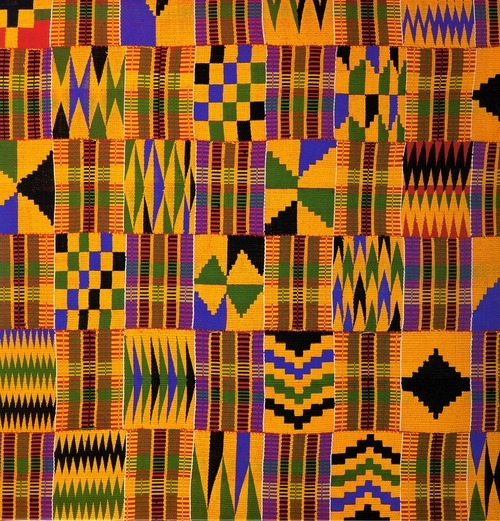
Kente Cloth, Woven by men on a narrow loom. Found among the Asante in Ghana and associated with royalty. Both silk and cotton are used.
El Antasui

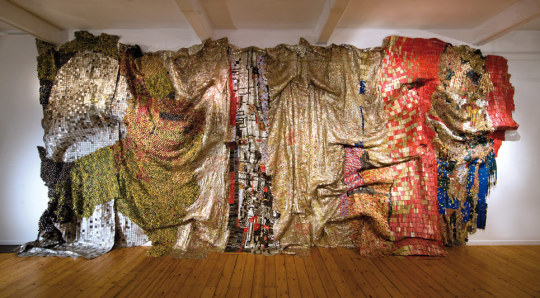
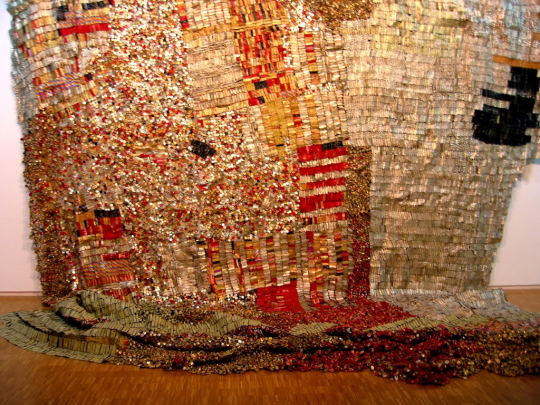
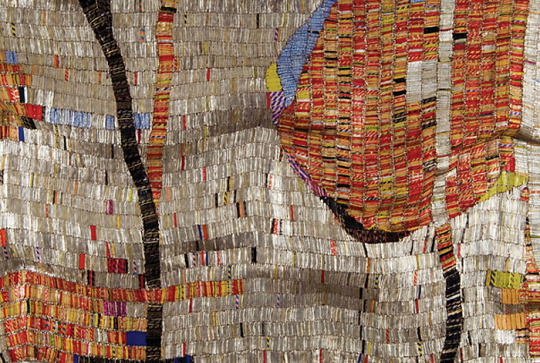
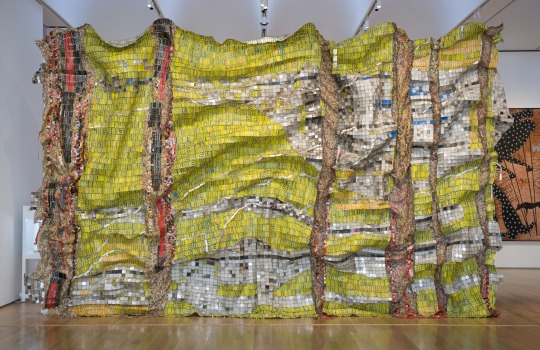
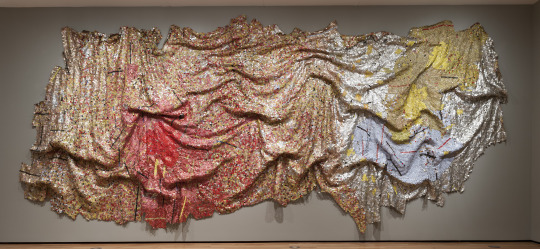

Takashi Murakami



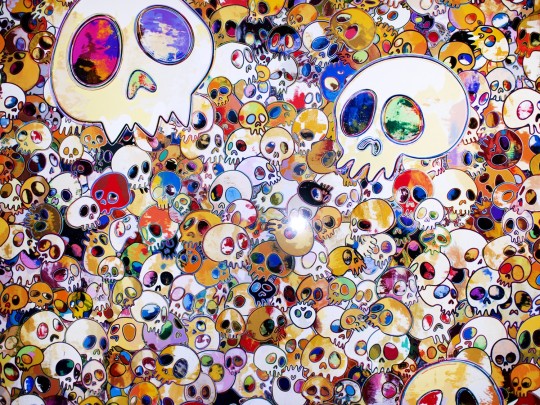
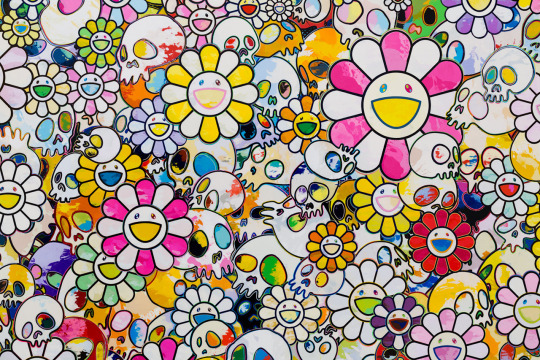
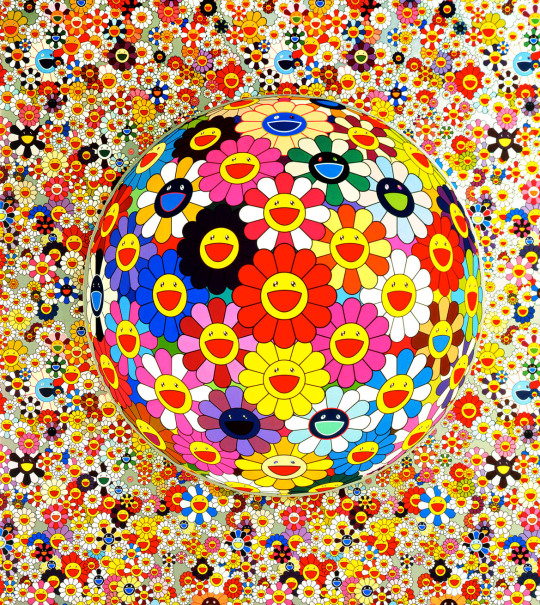
Polly Apfelbaum
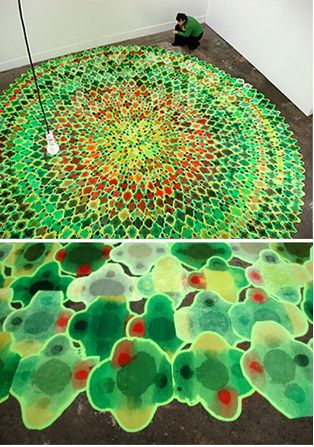
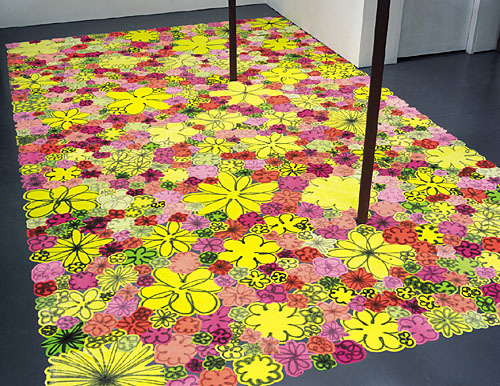
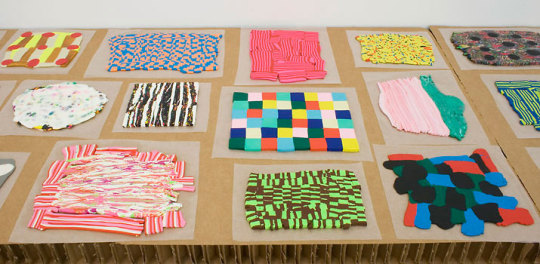
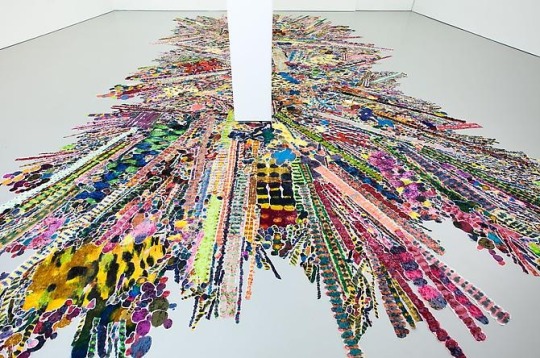
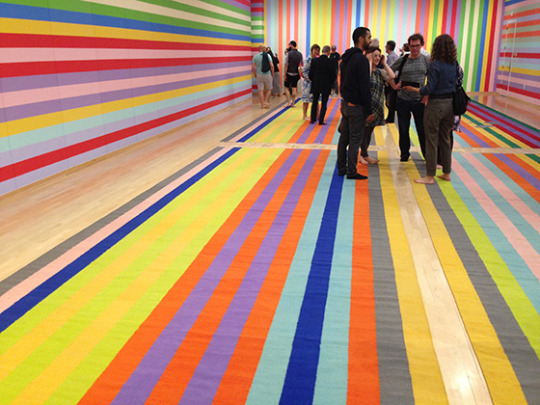
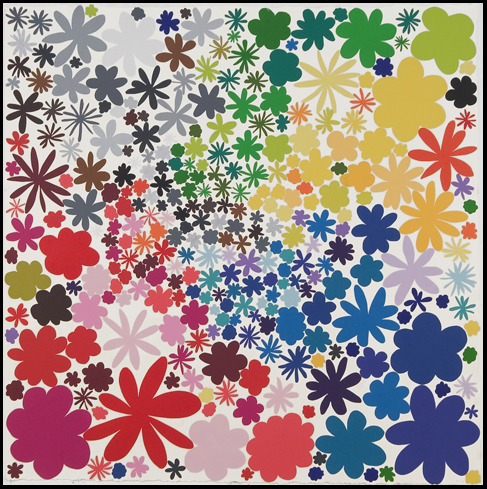



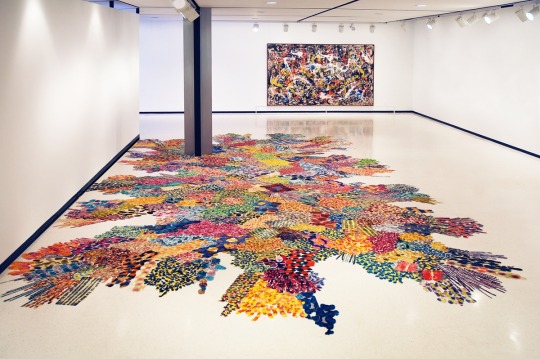
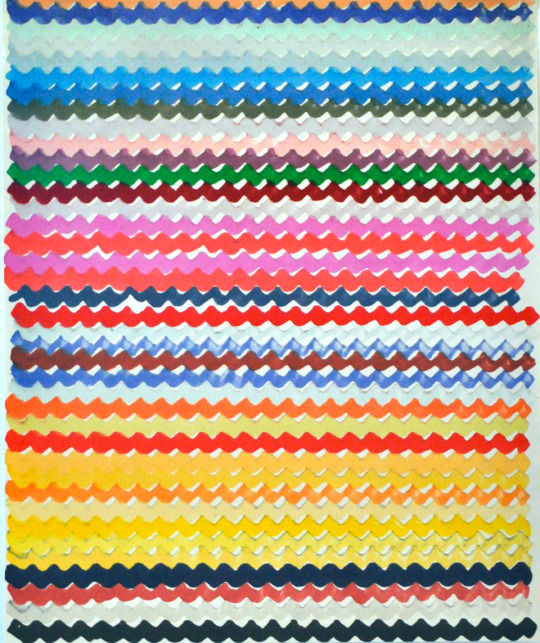


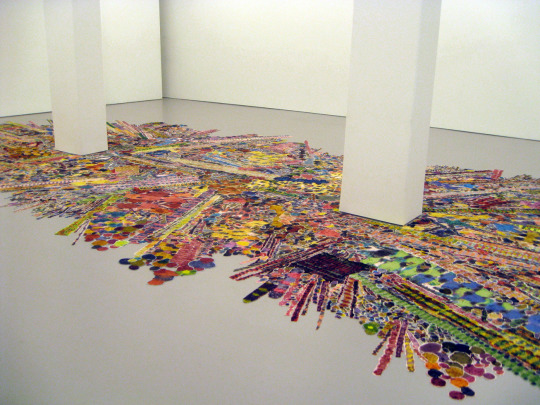
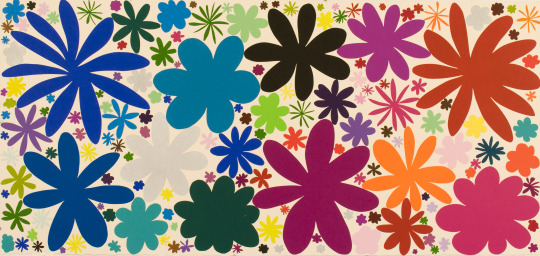
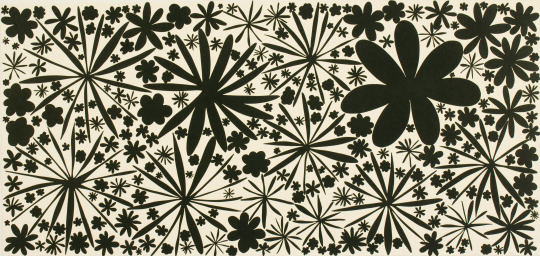
Marc Handelman
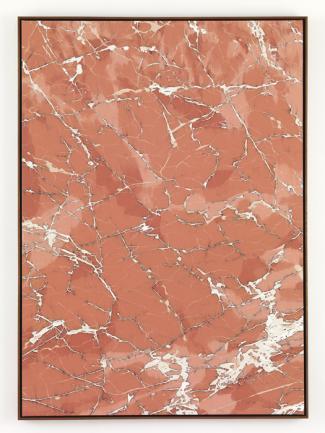
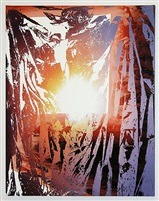
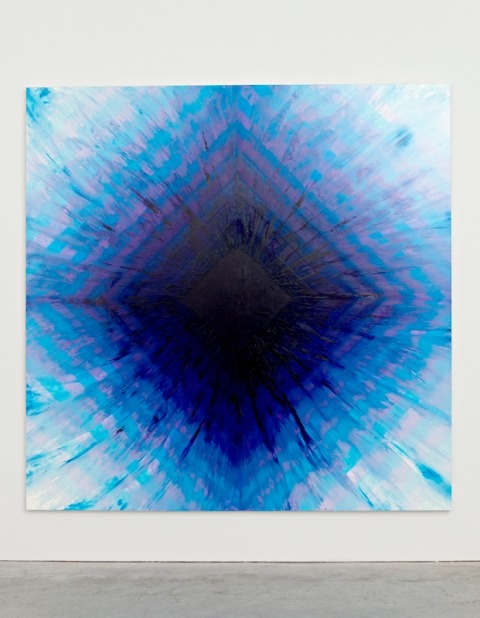

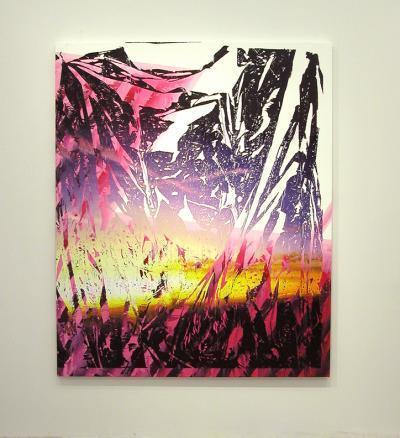
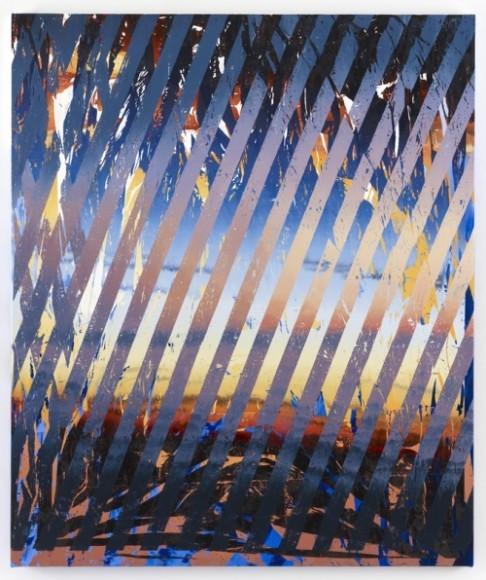
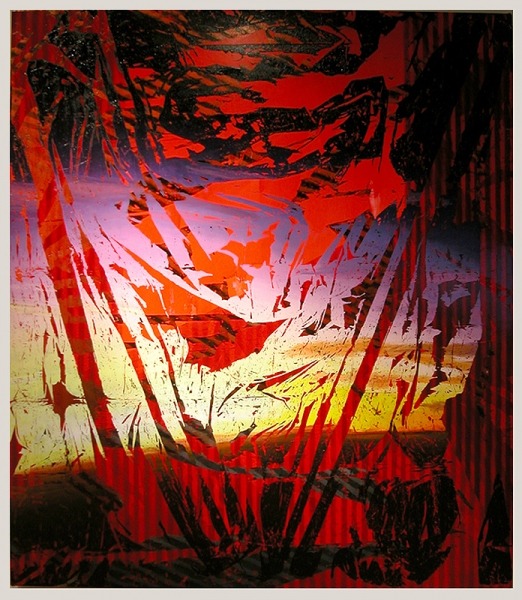
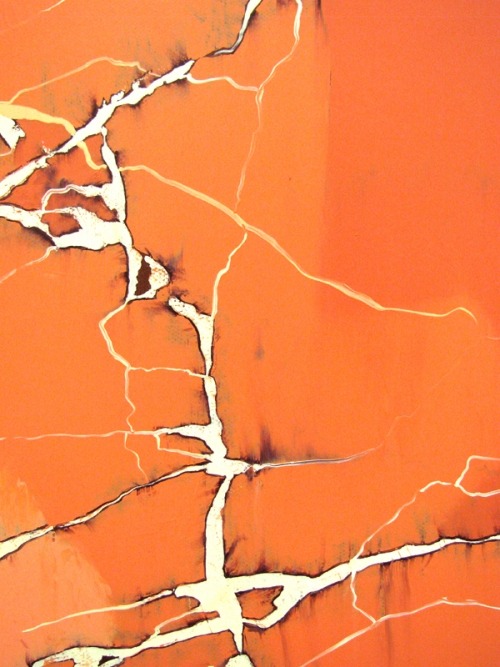

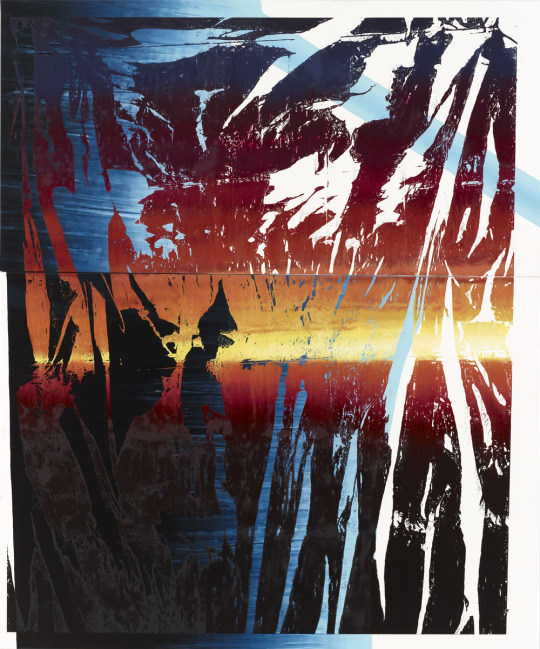

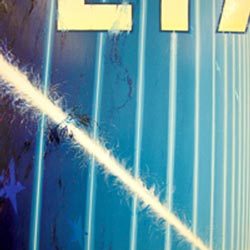
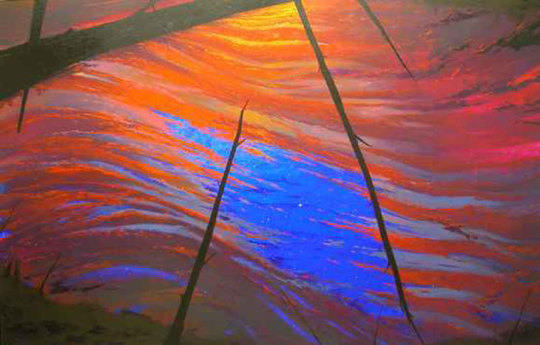
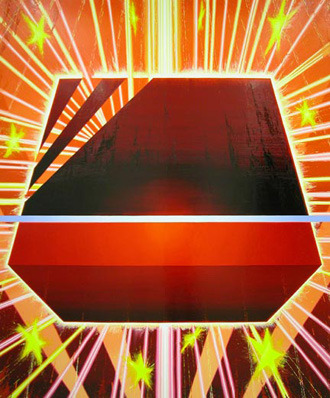
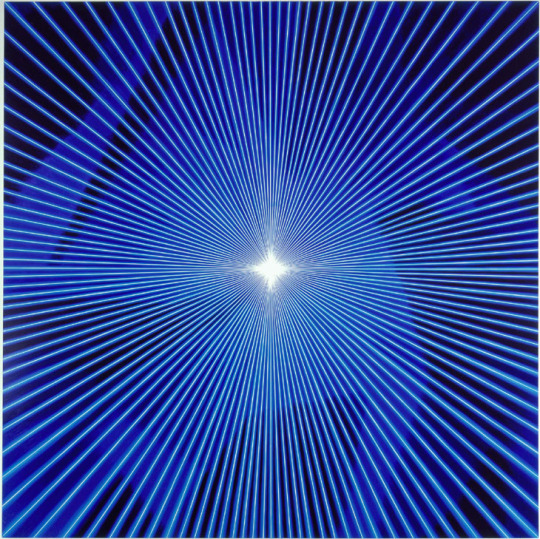
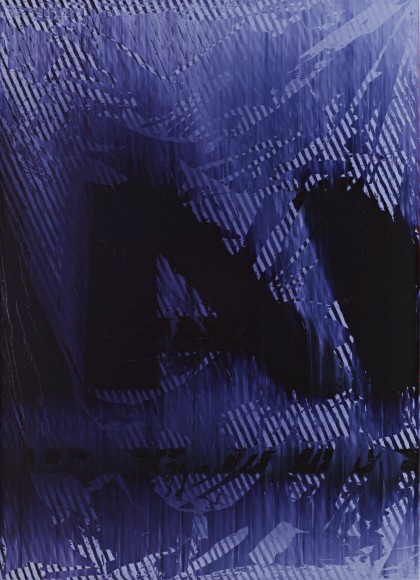
Katherine Bernhardt
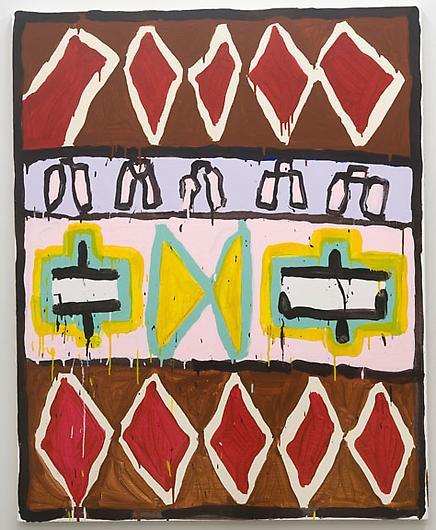


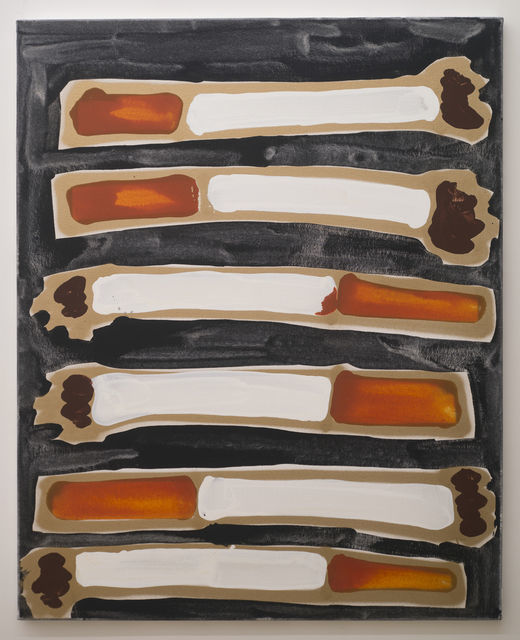
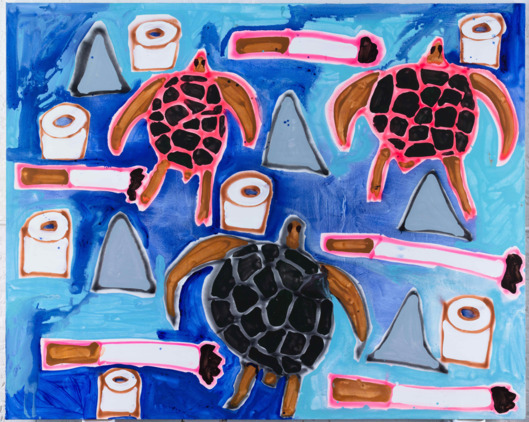
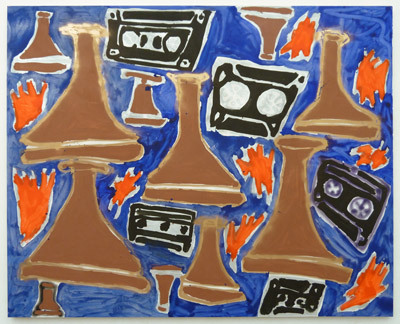
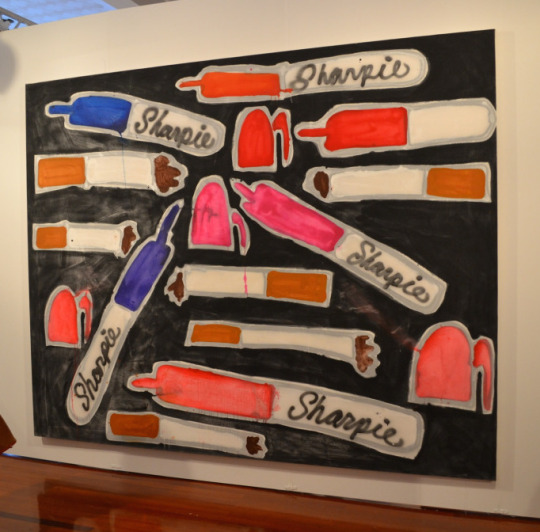


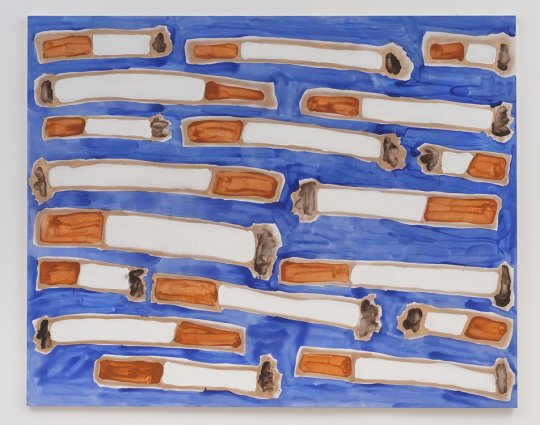
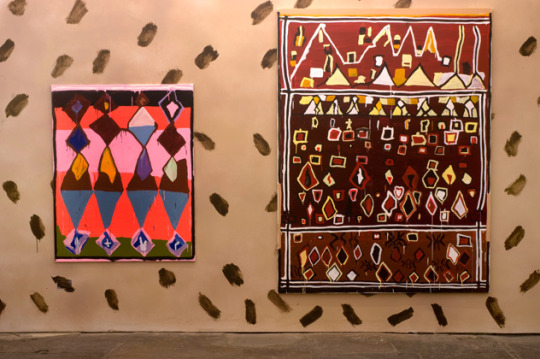
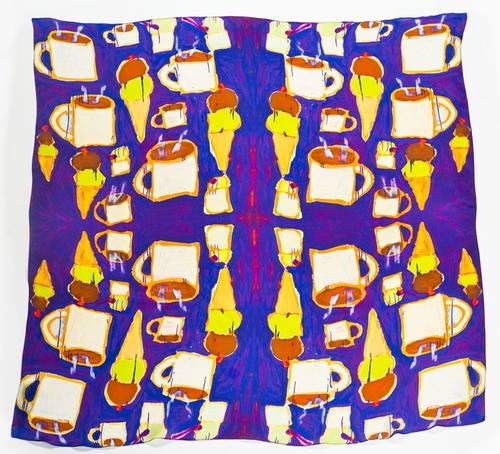
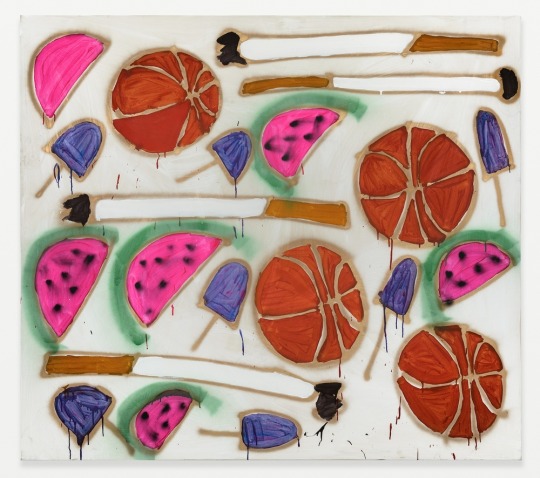

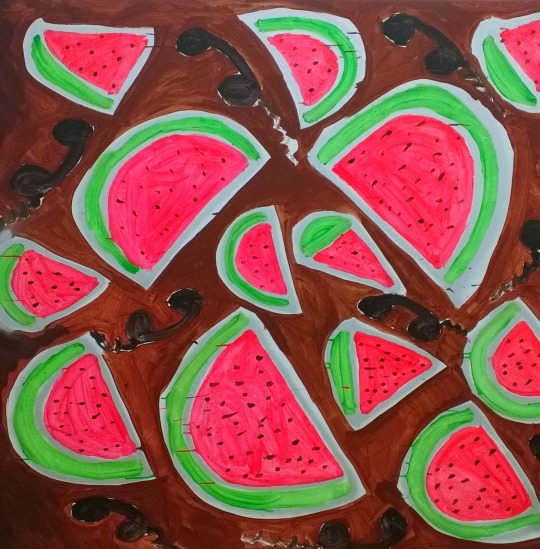

Texture/Pattern Project
1. In your sketch book draw out at least 4-5 distinct textures or patterns. Play and experiment. Look at the textures you might have around the house. How could you translate them onto a two dimensional surface? Draw each texture or pattern in a thumbnail shape (no less than a 1″x1″ square) this that you do not have to fill an entire page.
2. Once you have created your patterns and textures you will find an image that is of interest to you from a magazine, newspaper, picture, image you print out, etc.
3. You are going to recreate this image on a piece of bristol paper (if you don’t have access to your bristol you can use a piece of computer paper). You will recreate this image using the textures and patterns you created with your thumb nails. Each texture or pattern you use must replace a color/value in your original image. You must choose your textures or patterns appropriately to convincingly recreate the value changes in the image with only a texture or pattern. Therefore you may want to tweak your original texture and pattern designs to account for apparent value changes in you image. If there is a darker area on your original image, you might want to make your pattern more condensed and smaller. If there is a lighter area on your original image, you might want to make the pattern larger and less condensed.
Also depending on your image you may need to create a few more textures or patterns. (Textures or patterns can also be specific to the image, for example: if wood is representing in your image then you may want to create a wood pattern for these areas of your image - you do not have to though.)
4. Your recreated image will be in back and white using the different patterns and textures to distinguish the areas of value. This project should be done in micron pen and sharpie. All colors and values in your image must be translated to a texture or pattern.
Project examples
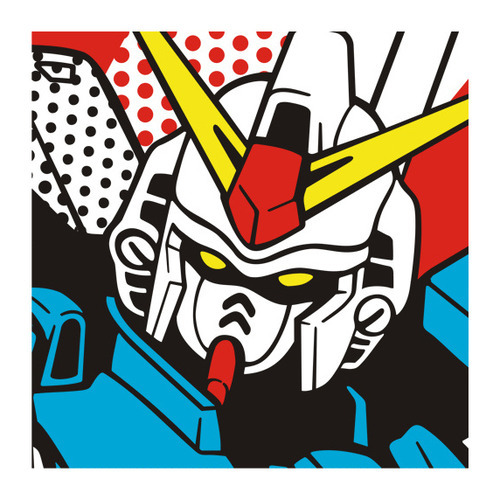
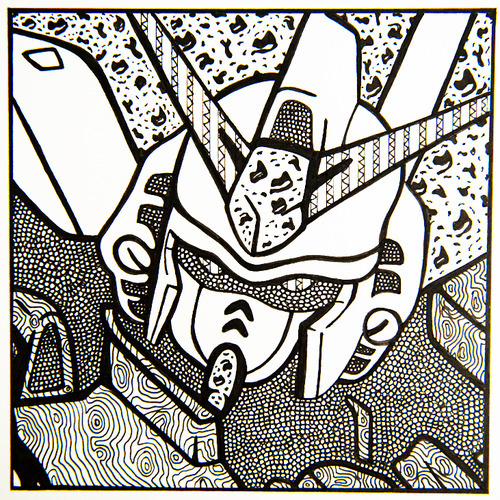
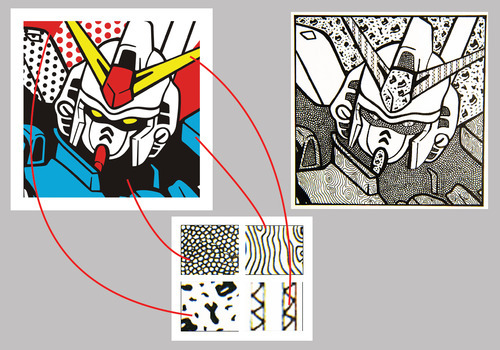
Final Product
In the end you should have 3 part for this project.
1. The original image in presentation format on a piece of bristol paper.
2. Thumb nail sketches.
3.The final recreated image (on bristol paper) with all values converted to textures and patterns.
*Again if you do not have access to your bristol paper you may use computer paper.

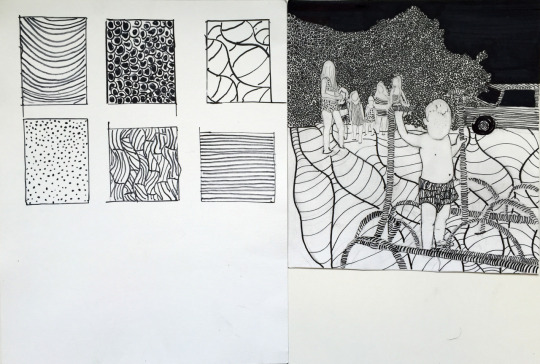
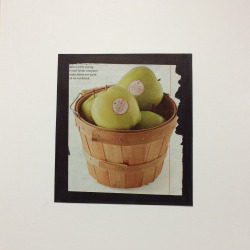
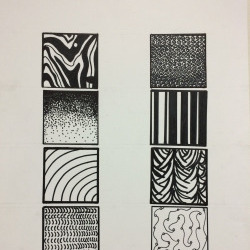

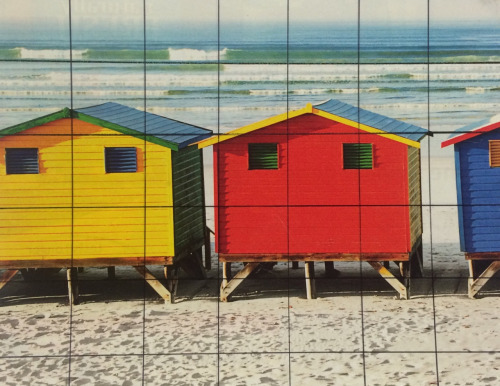

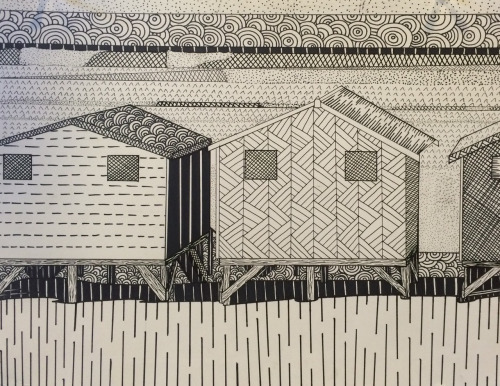
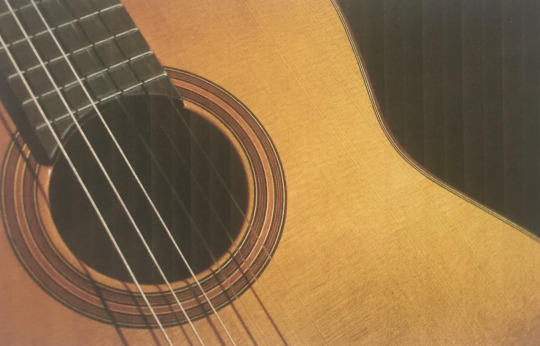

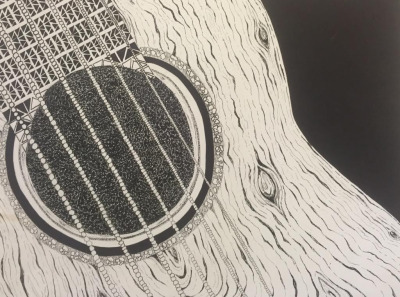
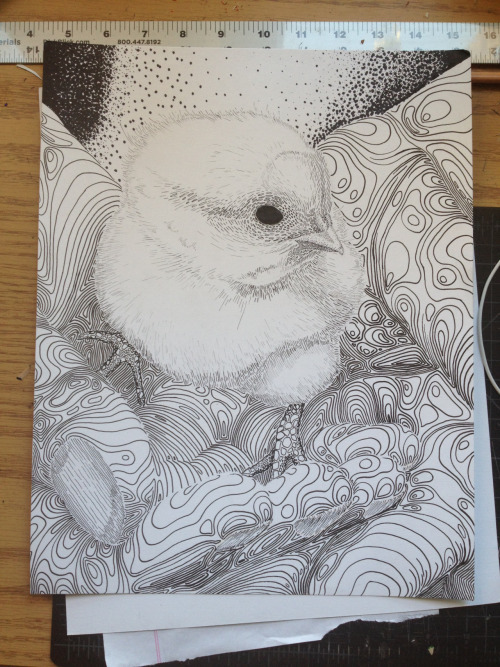
8 notes
·
View notes
Text
Rosie Lee Tompkins: A Retrospective at BAMPFA
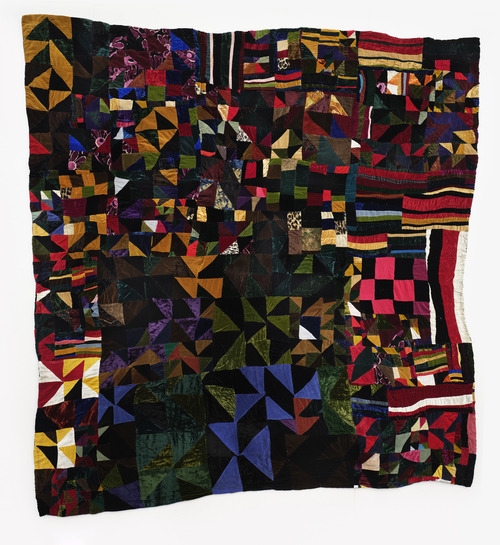
Untitled, 1986
Walking through the Rosie Lee Tompkins exhibit that just opened up at the Berkeley Art Museum and Pacific Film Archive in Berkeley, one phrase kept reverberating through my mind: “an ordinary mystic.” There is a spiritual element to this artist’s quilt work that goes beyond her frequent incorporation of bible verse references stitched onto fabric and weaves its way through every subtle connection made in each joined-together piece of colorful texture. You can sense it in just one of the quilts, but when you view the 65+ quilts hung together on the wall in one sitting, it permeates your awareness in a deeply profound way. The artist combines her own diverse cultural background with the influence of the upcycled/repurposed culture of Bay Area arts scene to create a set of brightly-colored, vivid, and vibrant quilts that emanate their own energy.
Tompkins applies her Christian background in the irregularly embroidered numbers and letters cascading across the surface of many of her quilts. Rosie Lee Tompkins would sit down to a quilt, with both a theme and a specific human in mind, and she would meditatively and mindfully stitch together the varied pieces of fabric into something more than the sum of their parts; it was a spiritual practice. She would take the fabrics that others in the Bay Area were giving away or throwing out, find a theme within them, and bring new life to them through her creations. Her work was spiritual, meditative, and intentional. Tompkins’ work evokes a sense of everyday spirituality; it is also materially beautiful and certainly doesn’t require a religious interpretation if you yourself aren’t comfortable with or interested in one.
Tompkins' quilts caught the eye of Bay Area psychologist and art collector Eli Leon who had an ardent passion for African American quilts. When he passed away in 2018, he willed his entire collection, consisting of more than 3,000 quilts, to BAMPFA. It was a surprise to the museum but one that opened up a grand opportunity to delve deep into this niche of art. Of those 3,000 quilts, approximately 500 were created by Rosie Lee Tompkins. The museum curators knew that sharing the work with the public might best begin by introducing us all to her body of work. Although there are references to Leon in the collection, the curators intentionally made Rosie and her creations the star of this exhibit. A second exhibit is in the works for 2022, which will display a greater range of artists from the quilt collection along with additional information about Leon.
Exhibit co-curator Elaine Yau has been delving deep into a socio-cultural, historical perspective on the artist’s work. Until relatively recently, the art world looked at Tompkins solely from a formal perspective. This was due in large part to the fact that Tompkins wanted to keep her life private. In fact, Rosie Lee Tompkins is actually a chosen pseudonym for the artist born Effie Mae Howard. Notably, although she was called Rosie throughout her artistic life, she has embroidered her original name, Effie, on to the borders and faces of many of the quilts that you’ll see in the exhibit. Nevertheless, she refrained from engaging extensively with the art world. This is not to suggest that her work hasn’t been seen before. Co-curator Larry Rinder remembers first coming across her work in 1996 at a Richmond Art Center exhibit by Eli Leon, an experience which moved him so much that Rinder went on to help launch her first solo exhibit at BAMPFA. However, it is only since Tompkins’ death in 2006 that the art world has been looking, as Yau has, at the way the artist fits into the narrative landscape within which her work was created.
Yau emphasizes that we have to consider Tompkins’ work in light of The Great Migration as well as her experiences in the Bay Area as an adult. Effie Mae Howard was born in Arkansas in 1936, a child of The Great Depression and World War II. She learned quilting as a child, taught by her mother, passed down from a lineage of African-American women living in the South. She left the region in hopes of better opportunities, ending up in the San Francisco Bay Area by way of Chicago then Milwaukee. Once she arrived here, she was influenced by the late 1970s urban arts scene. In particular, there was a culture of re-use (or what we would now term upcycling). She would head to Thrift Town and Value Village and the many flea markets throughout the Bay Area, collecting fabrics and notions as she went along. She stitched together her own identity as an artist, joining her mother’s visual and tactile quilting lessons with her new Bay Area experiences and inspirations, and the result is a body of work that shows both consistency and growth over time.
Untitled, 1968, 1982-3, 1996
There are a couple of quilts in the exhibit that date to the 1970s but most of them were created in the two decades starting in the early 1980s and leading nearly up to her death. The first two quilts that you’ll see as you enter the exhibit are early pieces that instantly tell you a lot about what you’re going to find as you venture along. Both pieces are large quilts that at first glance look chaotic. They each incorporate a range of different fabrics as well as utilization of a variety of techniques drawn not only from quilting but also including embroidery and other handcrafts. Tompkins’ pushed the boundaries of what a “quilt” could be. Once you realize that there is a theme, you can see that Tompkins set parameters for herself, but then allowed herself to go wild within those parameters, and it is this exact combination of restraint and fluid creation that makes her work so uniquely hers.

Untitled, 1970s, scriptures
The first room offers just a taste of what is to come. We see Tompkins’ creativity flourish as we enter the second room, which is themed around assemblage and applique work. In this room, we see Tompkins’ take on a classic “crazy quilt.” Seeing several pieces hung together, it becomes obvious that the artist has a broad vocabulary for quilting, and she continues to put her own spin on traditional techniques. Some pieces are dense and almost cluttered, but she never loses track of her sense for composition and shows exquisite skill in her variation of it from piece to piece.
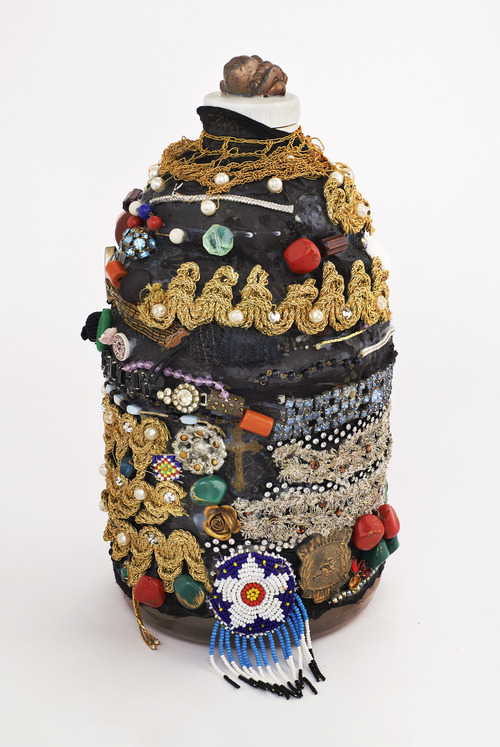
"Jewelry Christmas tree" bottle, 1996
Make sure that you take the time when you are in the applique room to turn your attention away from the quilts for a moment and towards the case in the center of the room where half a dozen “jewelry Christmas trees” are showcased. These were found in a closet of her home, perhaps originally intended for her eyes only, but they are jewels that glitter so bright that it would have been a shame to keep them stuck in a closet. Tompkins had a love for glitter, sparkle, ribbon, sequins, and all things a little bit extra. She combines them densely on these sculptural forms, creating a three-dimensional version of her quilt style.

Thirty-six Nine-patch, Three Sixes Combination, 1999, quilted by Irene Bankhead
The next room of the exhibit can’t be missed - you couldn’t fail to notice it - because of the three bright yellow/orange/purple pieces that stand out in the corner. The curators have called this room "Personal Symbolism," and it is the best representation in the exhibit of how Tompkins combined her traditional Christian beliefs with her personal lived experience as well as other elements of transcendental, mystical spirituality. These pieces are called The Three Sixes. They loosely represent three people in her family who all had birthdays with the number six in them. The first is her own birthday: 9/6/36 which seems to have taken on a magical quality for her. She stitches it frequently into the surface of her quilts, sometimes written out directly and sometimes written backwards. The second color and number in the Three Sixes represents her grandfather, a family member she grew up with. The third represents a number of different people - a great uncle, a cousin, a brother. In any case, there is a magical quality to the numbers that Tompkins draws from. However, co-curator Yau points out that sometimes the artist took liberties with her math. For example, there’s a piece that’s a “Thirty-six Nine-patch quilt.” The nine-patch is a traditional quilting technique. Tompkins’ often puts her own twist on classic techniques and this is no exception. In this case, she’s worked the numbers of her birth date in to create a set of 36 9-patches, except that as Yau points out, there are strictly only 33, and you have to count certain yarn ties to get to the “correct” or intended 36. Nevertheless, the gist is there, the cohesion between all of the pieces in the series is undeniable, and there is something a bit mystical about the number play at work here.
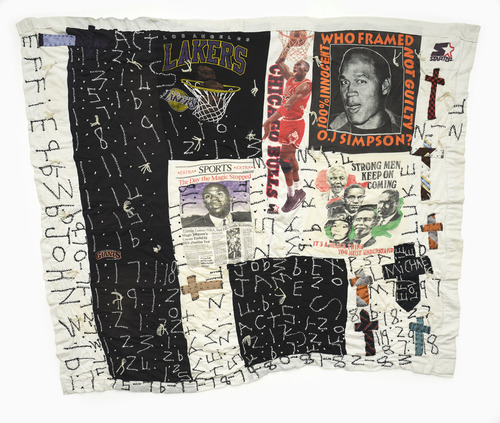
Untitled, 1996 (circa)
When we head to the next room, we see a visible shift in the artist’s work. The pieces collected here represent her cultural concerns. Mostly created in the late 1990s, Tompkins has composed quilts with specific themes in mind, although it’s not always easy to guess exactly what she was trying to say. For example, there is a piece with a big image of OJ Simpson right at the top. The piece includes other prominent Pan-African leaders and celebrities. There is clear thematic cohesion and yet it raises questions as to what precisely she was trying to say. Although this is a political piece, it is also highly personal. Her name, Effie, is stitched not only on the border but also on a cross that says “Michael + Effie + Love” (likely referring to the nearby image of Michael Jordan). And this is where all of her life’s work seems to coalesce, as she combines a deep mindful meditation with both personal and socio-political issues.

Untitled, 1996, quilted by Irene Bankhead
Another quilt in this section prominently features an image of the Kennedy brothers with Martin Luther King Jr.. It is surrounded by several different versions of the American flag, positioned both vertically and horizontally. Within this, though, the thematic stripes of the flag are repeated in other fabrics including an Indian-inspired batik and a Mexican stripe drawn pulled from serape fabric. There are pastoral scenes here that seem almost colonial with a Latin American reference in a piece of fabric showing flamenco dancers. The statements here are bold and striking.
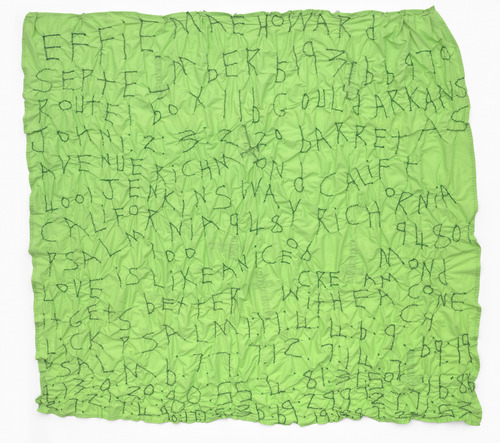
Untitled, 2002 (circa)
In her latest years, Tompkins’ work became more overtly religious. The final room consists of many pieces incorporating crosses and other religious symbolism. Then there are two striking pieces at the very end that bring a sense of closure to the entire show. The penultimate piece is a non-quilted single-piece embroidered green-on-green that combines her personal details (including her name and address) with Christian scripture verses as well as a quote that “love is like an ice cream cone; it gets better with every lick.” The last is a black-on-black embroidered quilt that is slightly reminiscent of a funeral gown. Compared to the bright colors, textures, and pictorial narratives of the other rooms, this is understated and yet astoundingly powerful. We see the artist come full circle as we circle through the rooms of this exhibit.
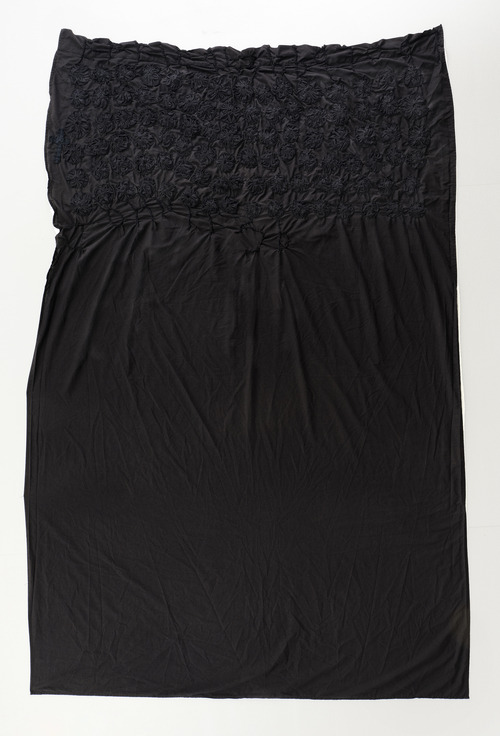
Untitled, 2005
Rosie Lee Tompkins: A Retrospective is on display at the Berkeley Art Museum and Pacific Film Archive (BAMPFA) at 2155 Center Street in Berkeley, CA. The exhibit runs from 2/19/20 - 7/19/20. It is the largest-ever retrospective of the artist’s work.
BAMPFA galleries are open 11-7 Wednesday - Sunday. General admission is $14 with discounts / free admission available to varied populations including students, UC Berkeley staff, seniors and children. Galleries are free to all on the first Thursday of every month.
Special events for this exhibit include:
Colloquium: Re-visioning the Art of Rosie Lee Tompkins, 2/29/20, 2 pm
Fabric Postcard Collage Workshop, 3/7/20, 11 am
Improvisational Quilt-Print Making Workshop, 4/5/20, 2 pm
And more. Details on BAMPFA website.
By: Kathryn Vercillo
#berkeley#berkeley art museum and pacific film archive#rosie lee tompkins#textile art#textile artist#quilting#press preview#san francisco bay area#art museum#art exhibit#art history#history of art#sartle news#5 women artists#women in the arts
4 notes
·
View notes
Text

"Golden Galaxy" by Aline Bugarin and Natasha Bugarin of Canpinad, Sao Paulo, Brazil.


Another intricate wholecloth masterpiece from this impressive duo, featuring dimensional work, thread painting, hand embroidery, piped and sculpted edge, free motion quilting, and clever knot work. I especially love the cutouts where the cording weaves through the edges.
Photo taken at AQS QuiltWeek Daytona Beach 2019.
#art quilts#quilting#fiber art#wholecloth#free motion quilting#thread painting#macrame#sewing#crafts
101 notes
·
View notes
Photo







THE WAVE Temari. A lot of color-planning! This is a wrapped design, meaning that the end of the thread is stitched into the ball, then the design (which is set up with pins on a grid) is wrapped in a pattern, and the only other stitch is holding down the other end of the color. It also needs thinner threads, so I stitched this ball in #8 perle cottons. From the side views you can see that there are two different starting points to form the diamond, and a good progression of colors can make the design look 3-dimensional.
HINT: In order to keep the threads in place everything has to be constantly curated; where the final wrap of the thin silver metallic threads cross each other, I have stitched them down with invisible thread. Without this step, mere picking up this ball to look at it can cause the threads to shift, ruining the design. ‘Children’s plaything’ - NOT!
With this design, I had started another temari book which had very few designs, and two of them were ribbon embroidery, and one was wrapped over a cardboard shape which did not interest me to do. I also found the directions and diagrams to be lacking.
Please check out my archives for more temari, quilting, and costumes.
#temari#temari balls#temari guidelines#Japanese temari#needlework#needle art#needle craft#crafts#handicrafts#handmade#hand embroidery#stitching#gay stitcher#gay fiber artist#gay#gay bear#objet d'art
19 notes
·
View notes
Text
Movable Mini Sewing Machine with Extension Table
Sewing Machine for Home Use Accessories 1 x Extension Table, 4 x Essence Bobbins, 1 x Foot Pedal, 1 x Needle, 1 x Needle Threader
DON'T RUN SEWING MACHINE FOR HOME WITHOUT CLOTH else IT WILL Beget ISSUE IN BOBBIN
Please read the stoner primer handed before using the product Hand Machine for suturing
Fabrics that can not be sutured Thick fabrics like denim, velvet and other thick fabrics
Mini Sewing Machine for Home with Double vestments, With Two Speed Control, suture the Sleeves fluently
Made in USA, Includes Acrylic Surround Freearm Platform and malleable Height Legs, Custom Fit Portable Freearm Extension for Flatbed Workspace Use, Order for your model Sewing, Embroidery, Quilting, Serger, and BlindStitch Portable Machines. Steady has the dimensional data on all brands and models of sewing machine free arms for custom cutouts on extension tables and press inserts on their CNC ray cutting machines. If you need a non standard table or insert( no being data available on machine or press) please communicate suture Steady direct atSewSteady.com for a quotation.
We don't keep stock on hand for any of our Tables or Inserts as they're all made to order.
The Table should be entered in no further than 3 weeks from the day we admit the order. suture Steady
" Wow!! I absolutely love my new extension table! And if it were not for me looking for a part i demanded i would have noway known it was!! I stumbled on your point and so glad i did!! So Thank you so veritably much you guys, it fits like a glove!!!"
" Custom charges are only added to particulars that bear customization. So if anon-standard placement or an irregular size is requested, it would have a custom figure applied." suture Steady Tables and Inserts.
Specifications:
Junior11.5" x 15"-- Sewing only. This Size is Not available for songster 221 Superheavyweight, please choose 18x18 or above
Small 18" x 18"-- Sergers only
Large 18" x 24"-- Serger, Freearm or Embroidery
Big 24" x 24"-- Serger, Freearm or Embroidery
Giant 24" x 32"-- Serger, Freearm or Embroidery
Freearm cutout fits around the freearm of your model machine for sewing and packing.
Can order a table without a cutout — specify" blank/ no machine cutout" in the make/ model section of this runner.
Embroidery cutout fits around your model embroidery unit for embroidery.
The legs on all our suture Steady Tables are inset from the border by no lower than 1 ”.
Suture STEADY TABLE DESIGN norms
All of our tables are designed grounded on having the appurtenant charger removed from the machine. We place the machine to have the needle around 5 ”- 7 ” from the frontal edge of the table. The table encompasses the entire freearm/ flatbed sewing face( does not wrap to the far- right of the machine). still, smooth sewing face, If your machine free arm pitches over and has silhouettes we may choose to design the table to hang over the pitch to insure a impeccably position. If you have a top lading bobbin and a graded machine this may affect your use. Please communicate us in advance atSewSteady.com for other options. If you're copping
a Deluxe Table also the holes don't need to be in line with the needle to make circles.
#sewing machine#mini sewing machine#best mini sewing machine#portable mini sewing machine#easy home mini sewing machine#magicfly mini sewing machine#personal development#companies#sewing#sew#hand embroidery#textiles#positive life#positivethinking#positive mental attitude#personal post#personal finance
0 notes
Photo

The big reveal is here! Kimberbell’s newest event has been revealed use the link in the comments to secure your spot now! At Kimberbell's two-day machine embroidery event, you will make a beautiful Christmas display with 12 dimensional projects arranged on an included, three-tiered tray. You will stitch all projects while at the event in 4x4, 5x7, and 6x10 hoops, and light their display with an enchanting strand of stitched Snowflake Fairy Lights! Learn new techniques like making dimensional pine trees, 3D parcels, weighted stuffies, and more! All stabilizer, fabric, embellishments, and designs included. We even provide a boxed lunch. Simply bring yourself, basic embroidery supplies, and thread and we promise you’ll have a blast! #sewing #quilting #machineembroidery #janome #happylittlequiltshop (at Happy Little Quilt Shop) https://www.instagram.com/p/Cdwc6pFJnSf/?igshid=NGJjMDIxMWI=
0 notes